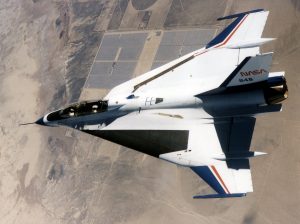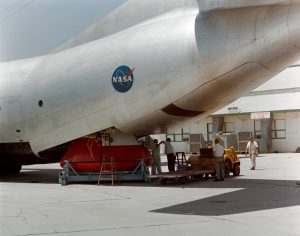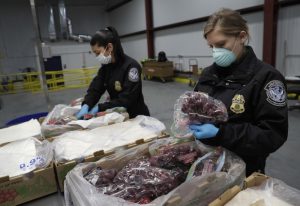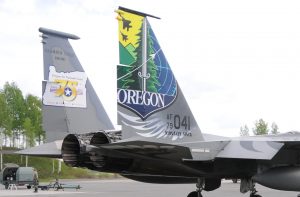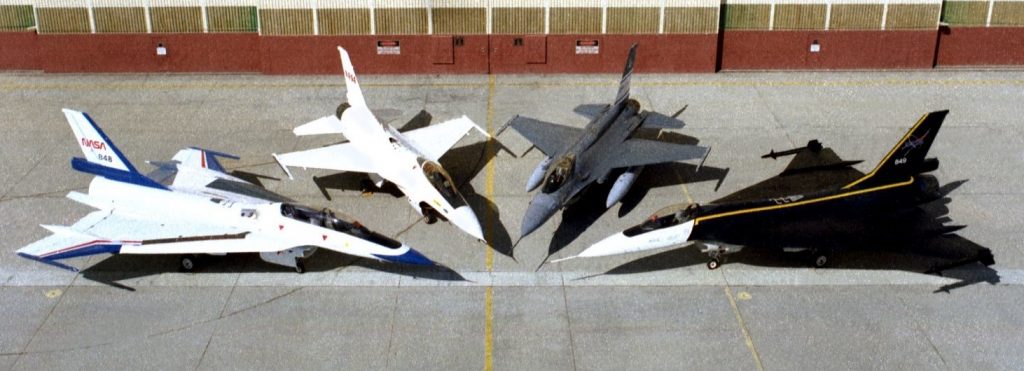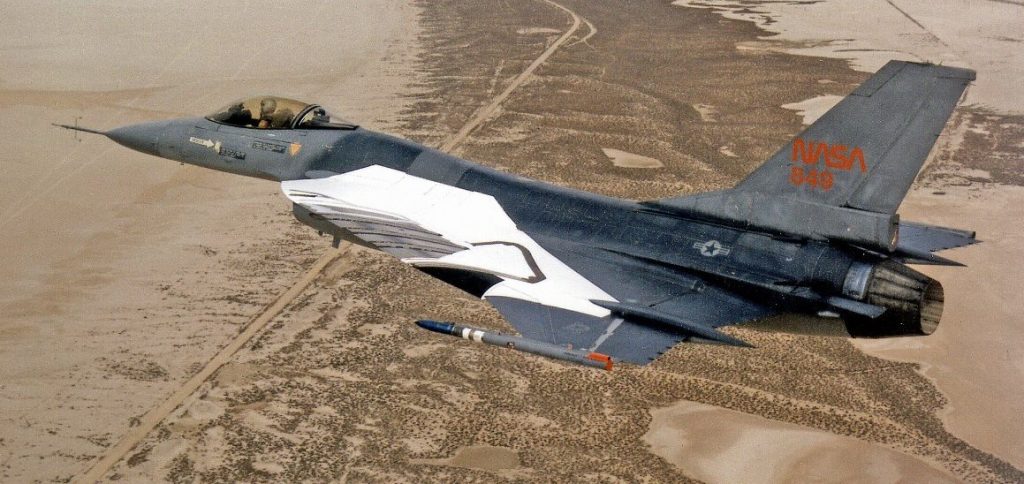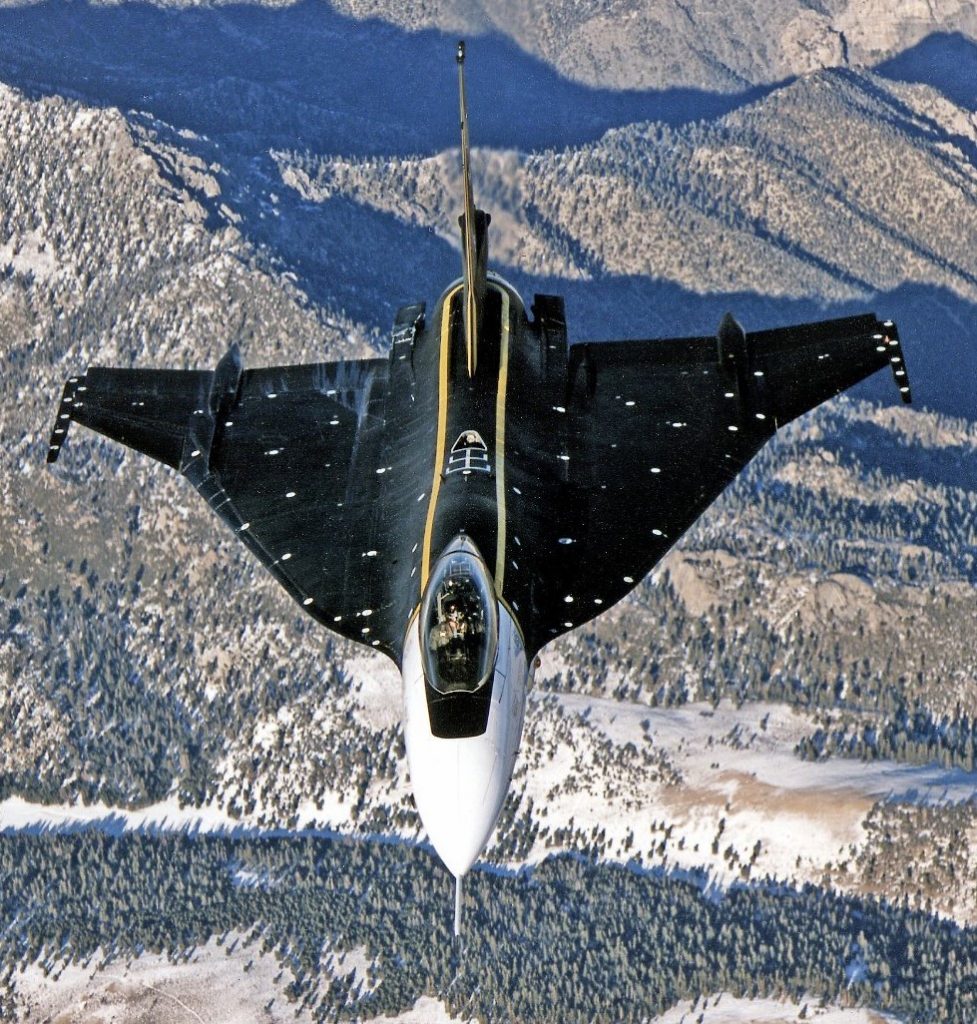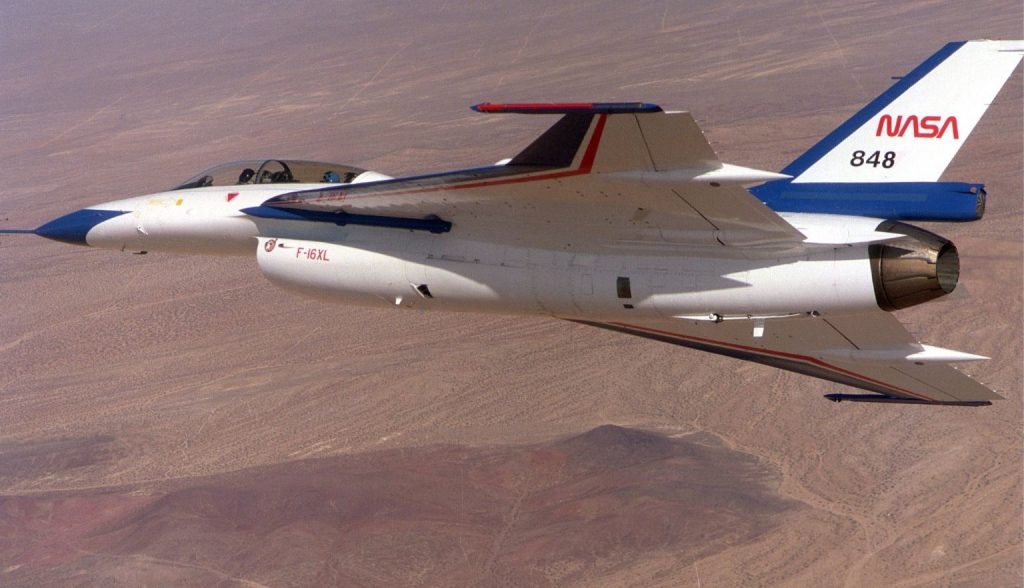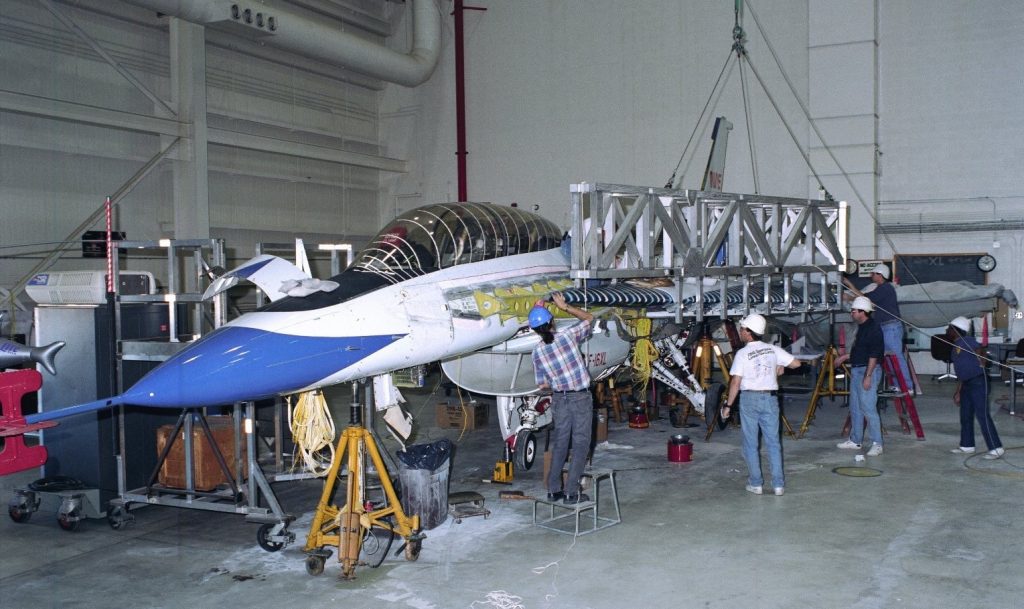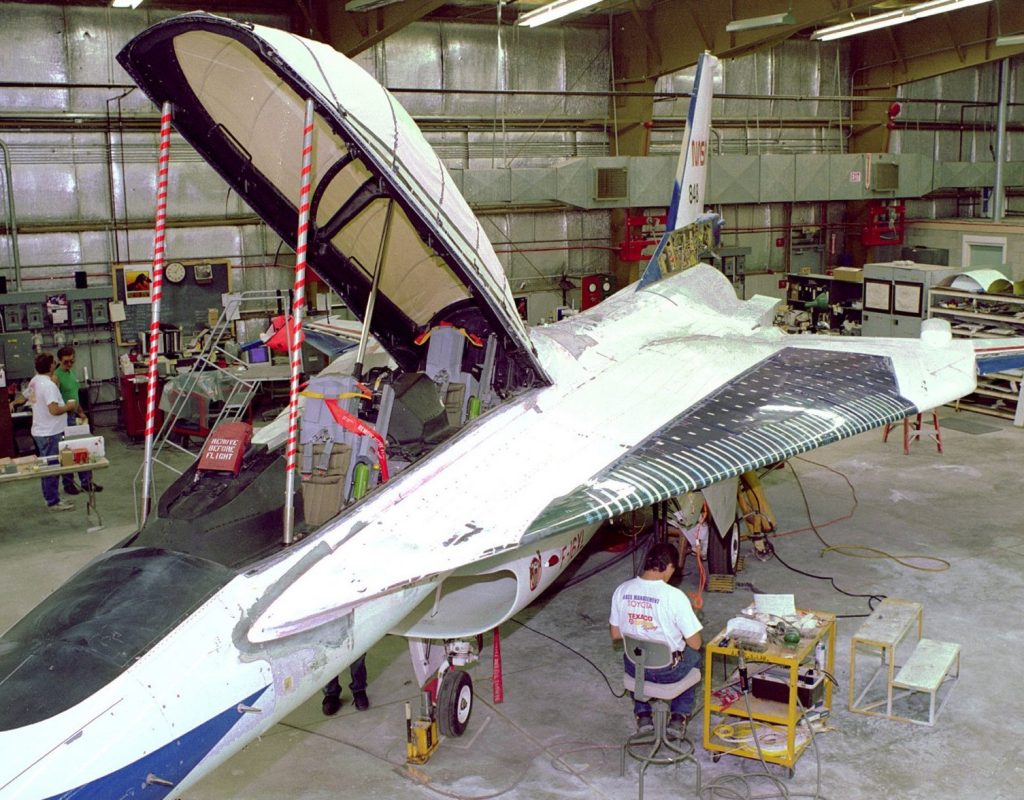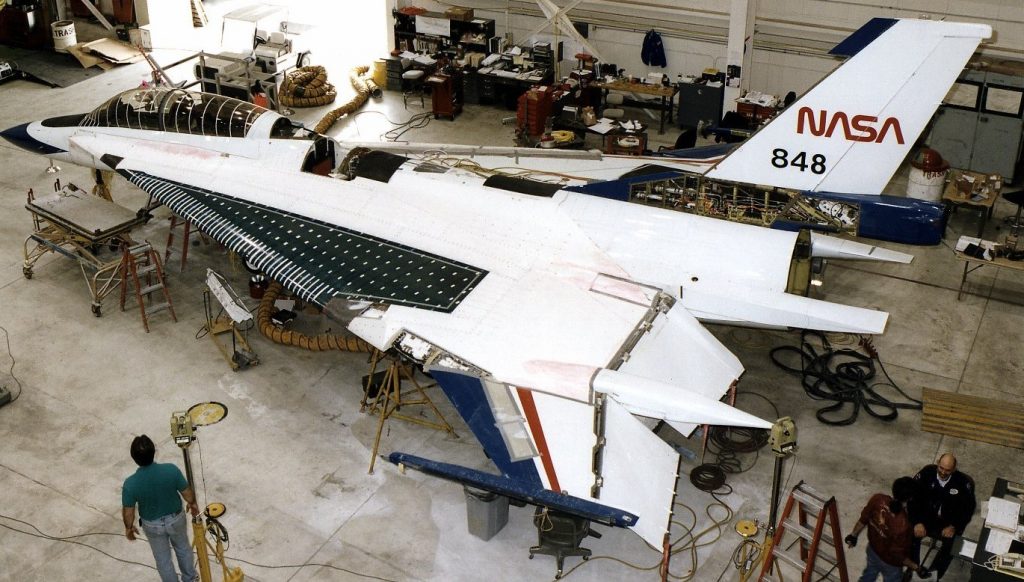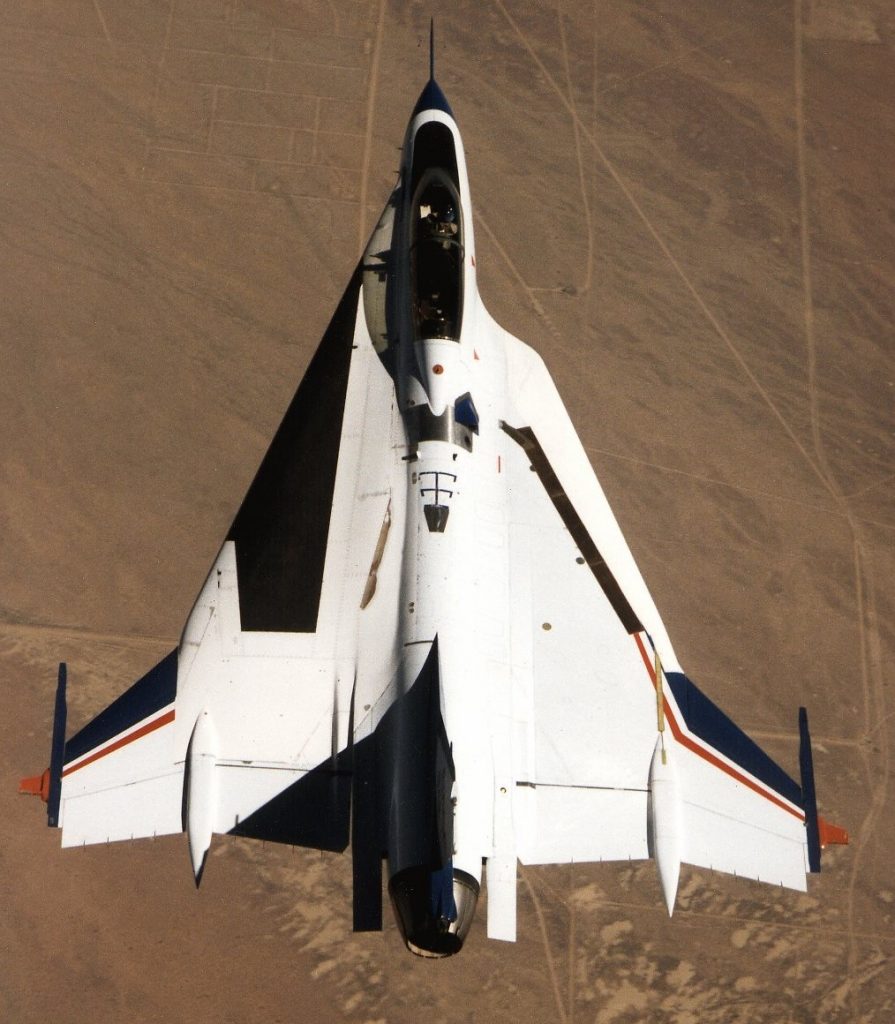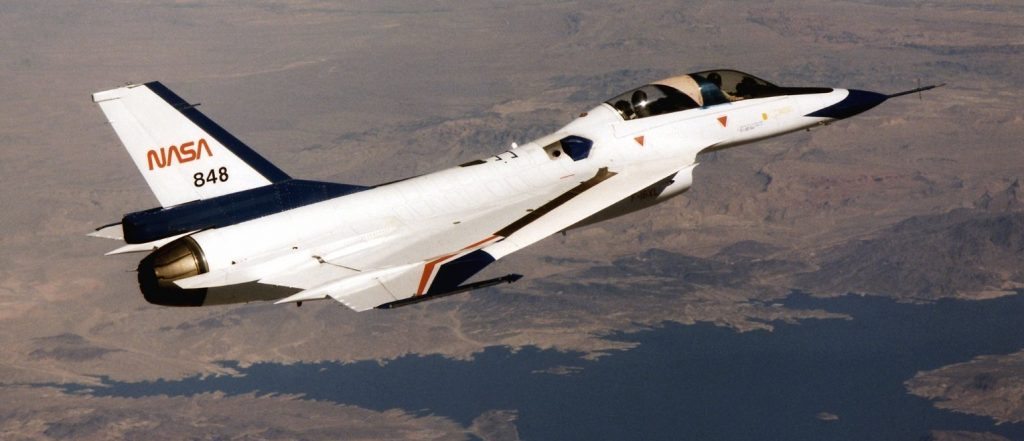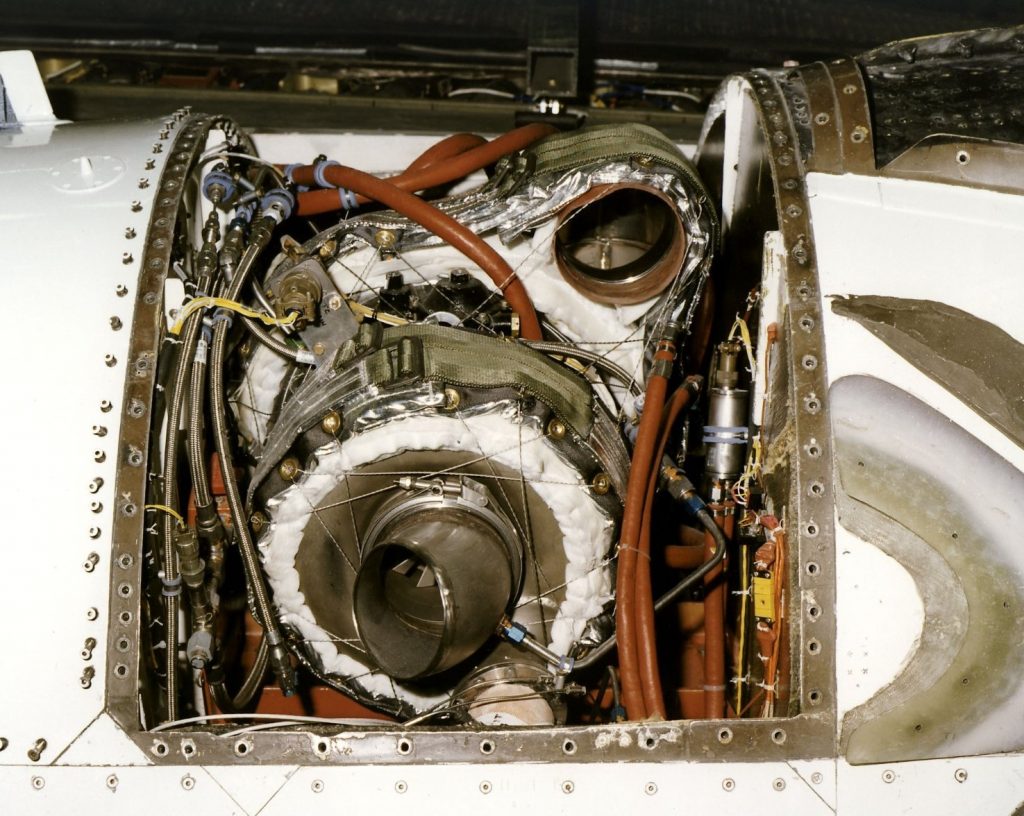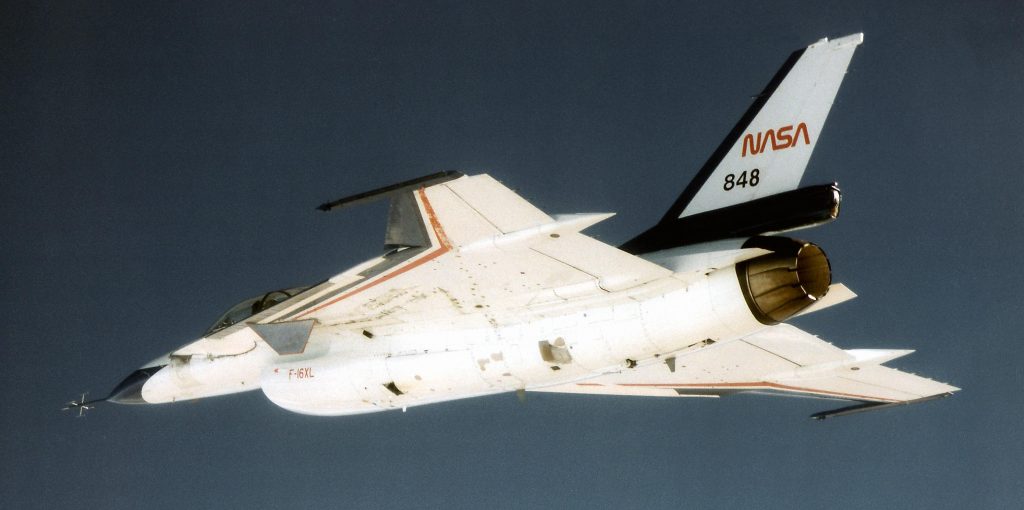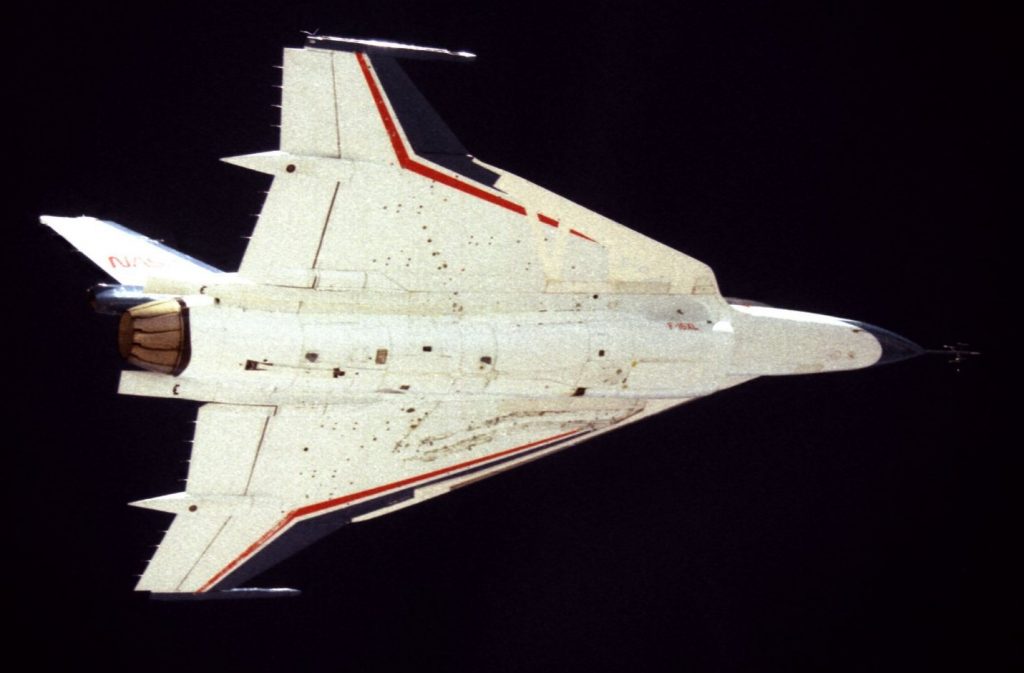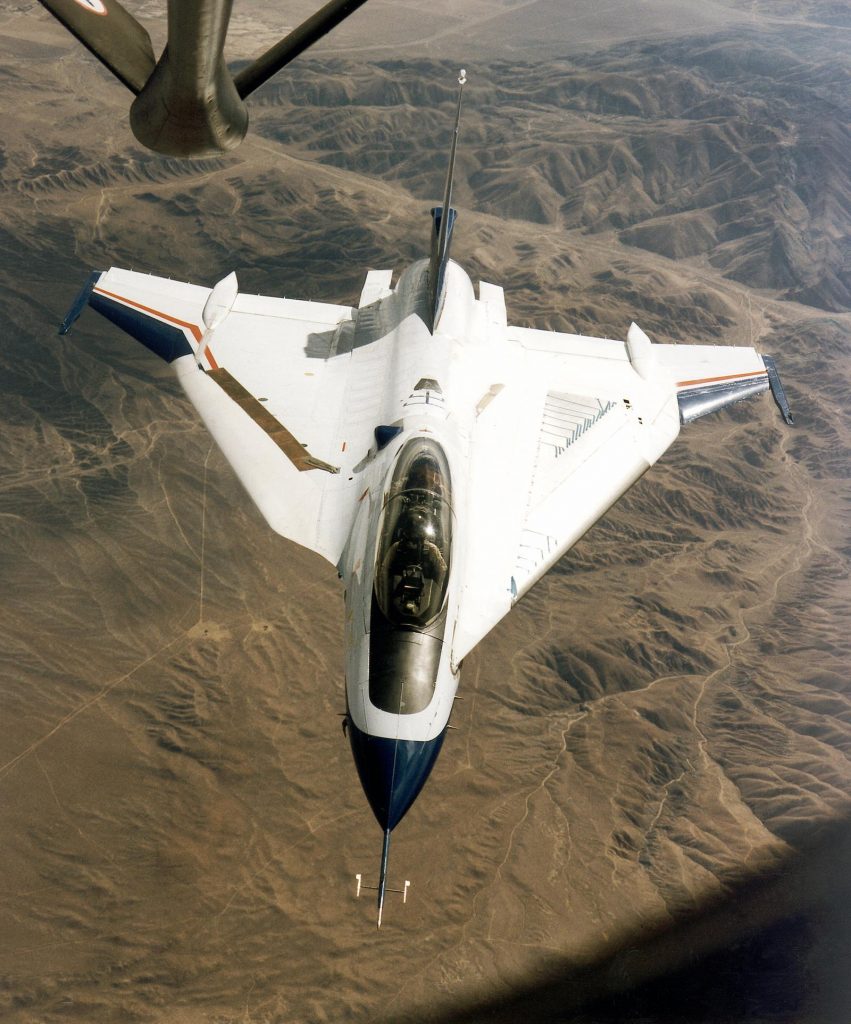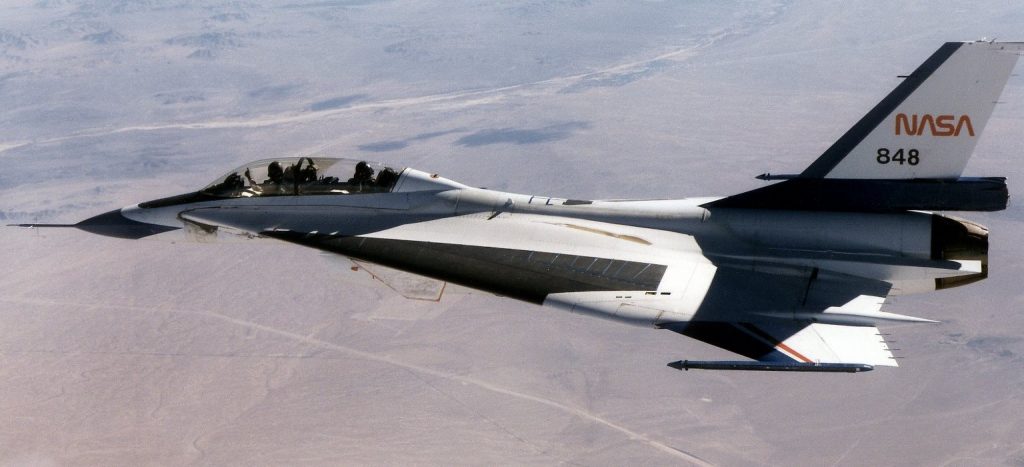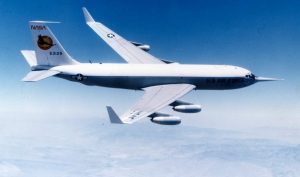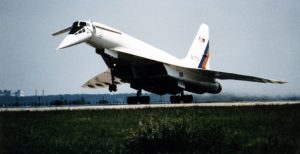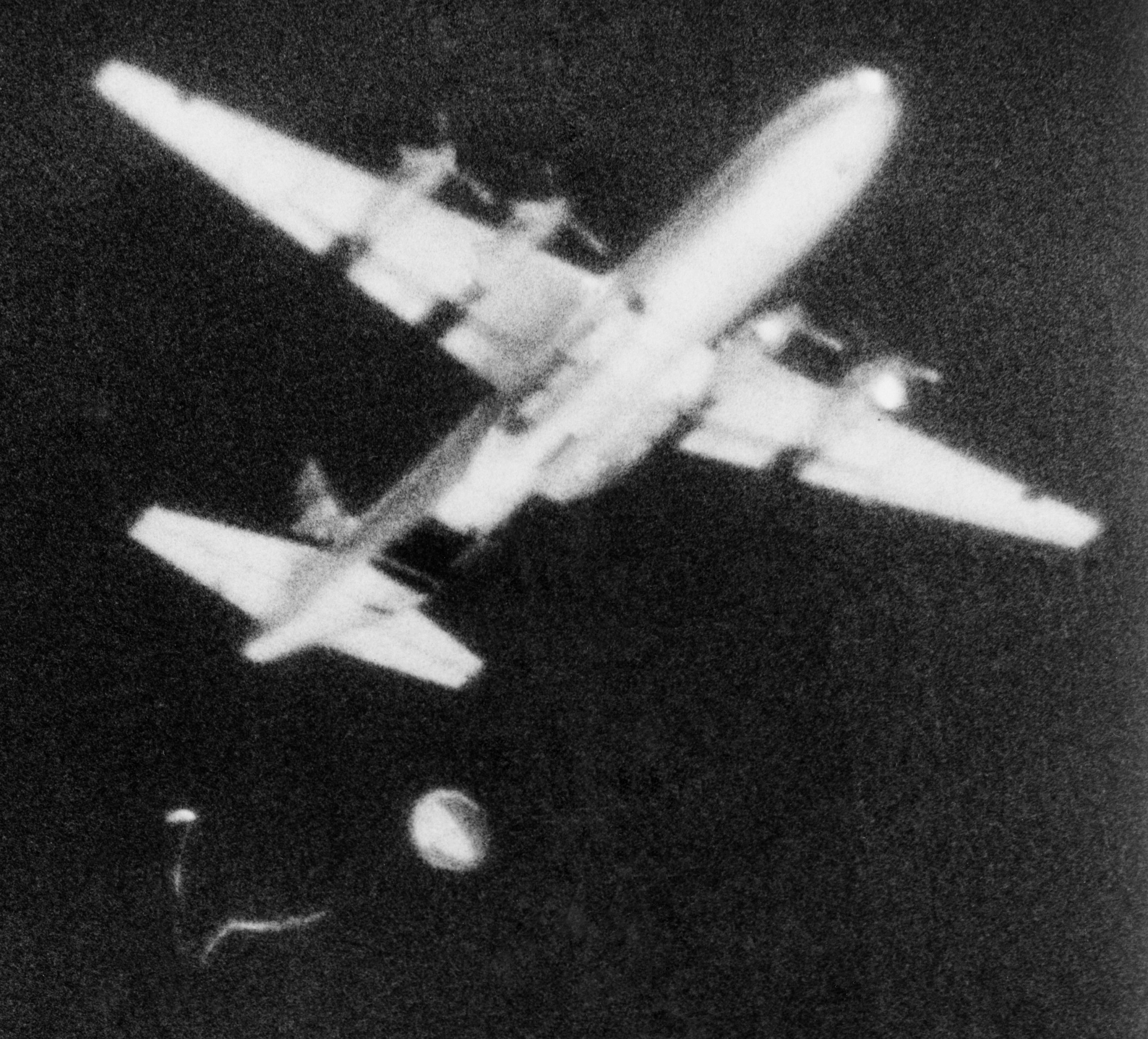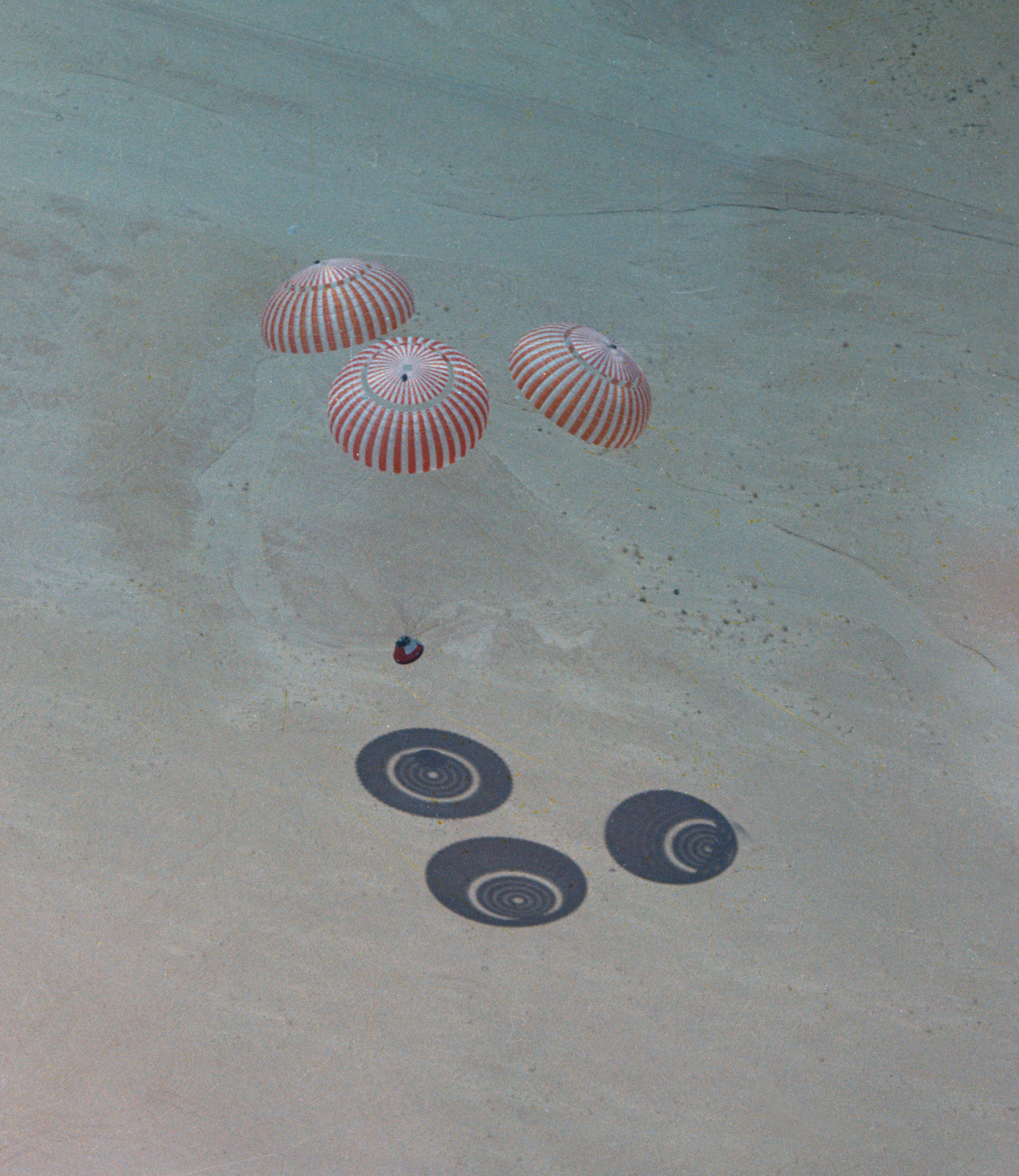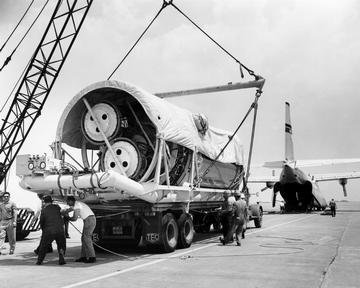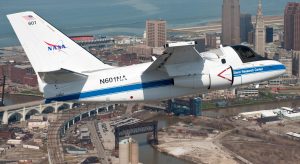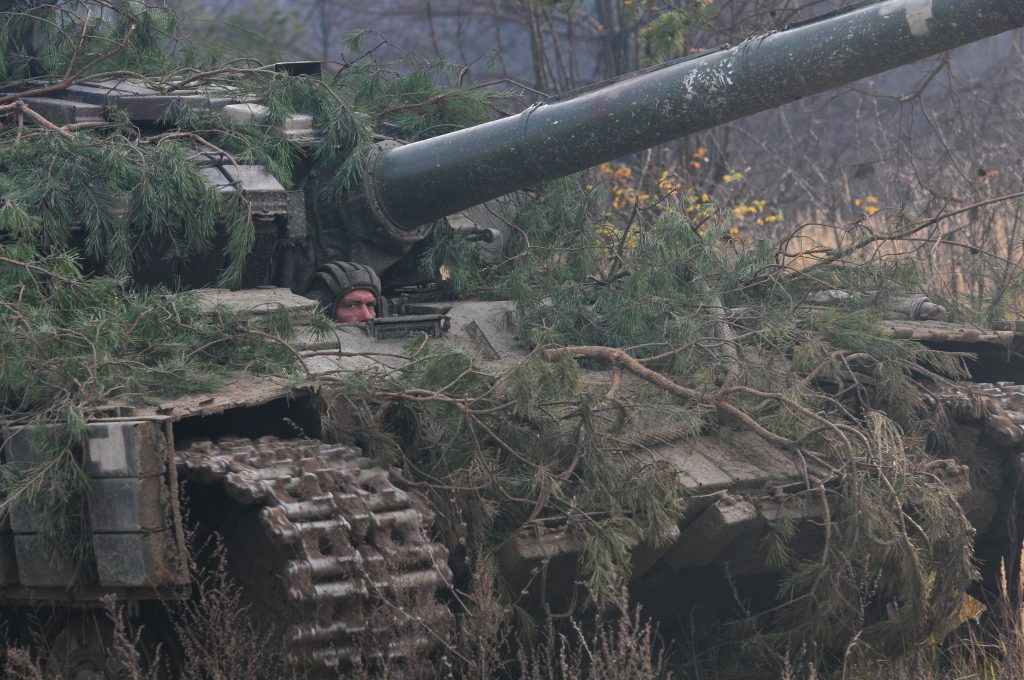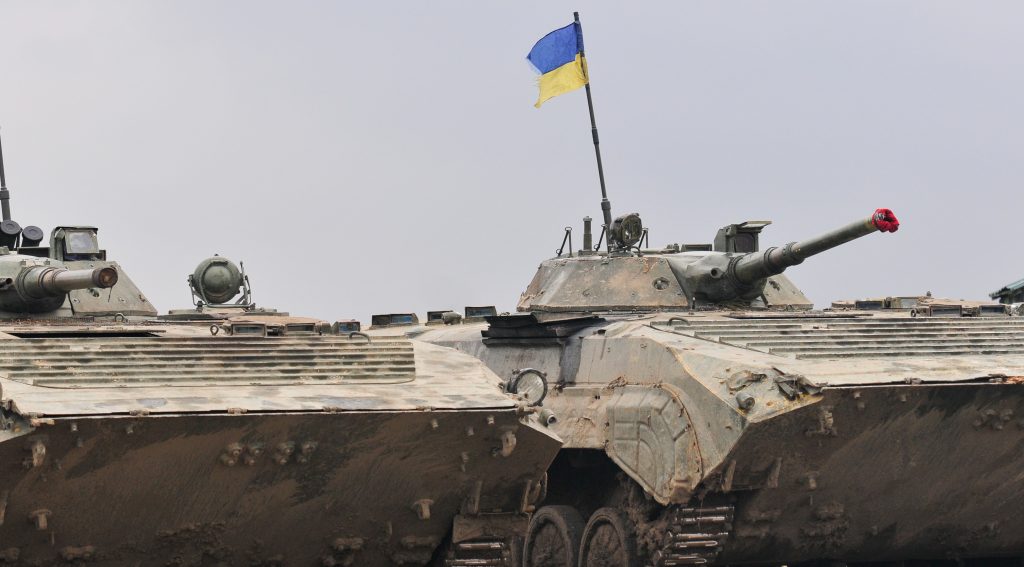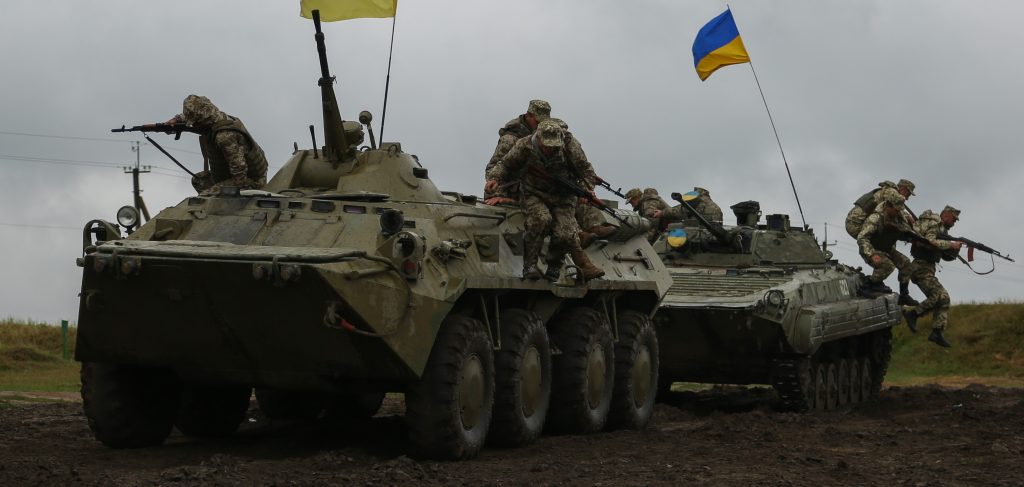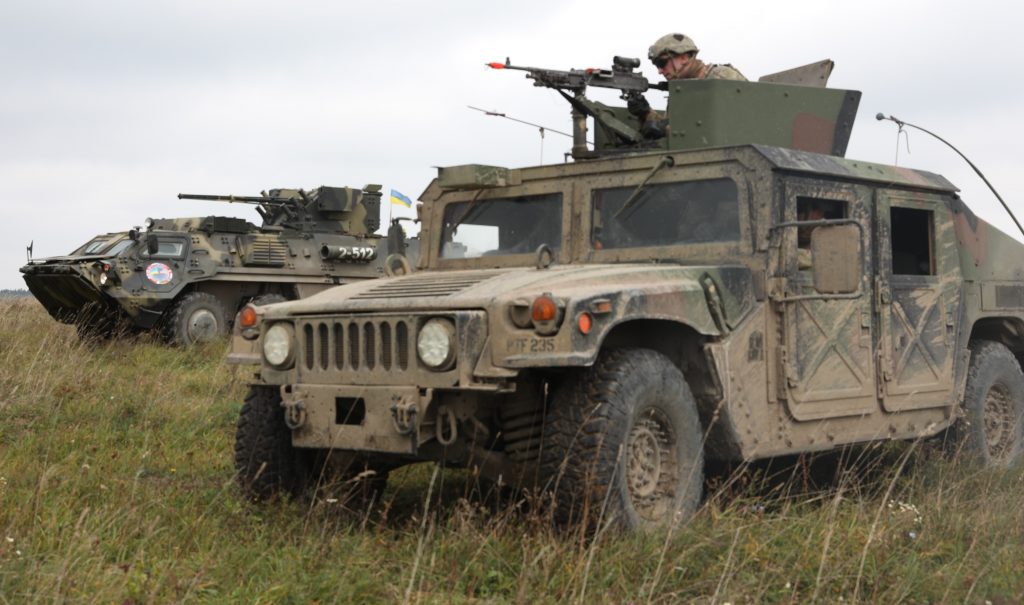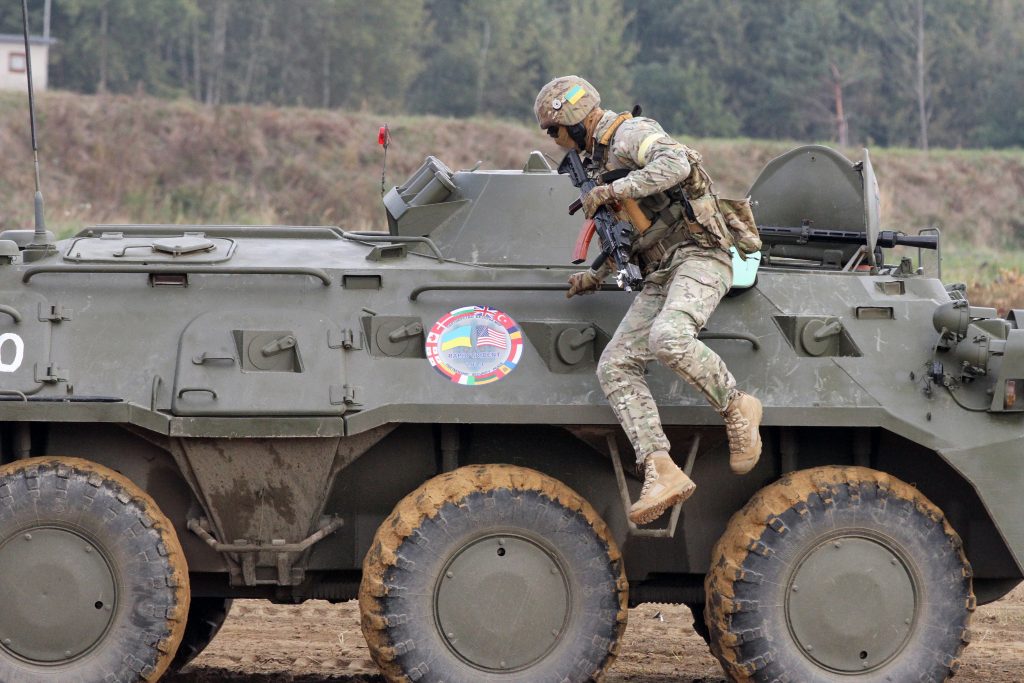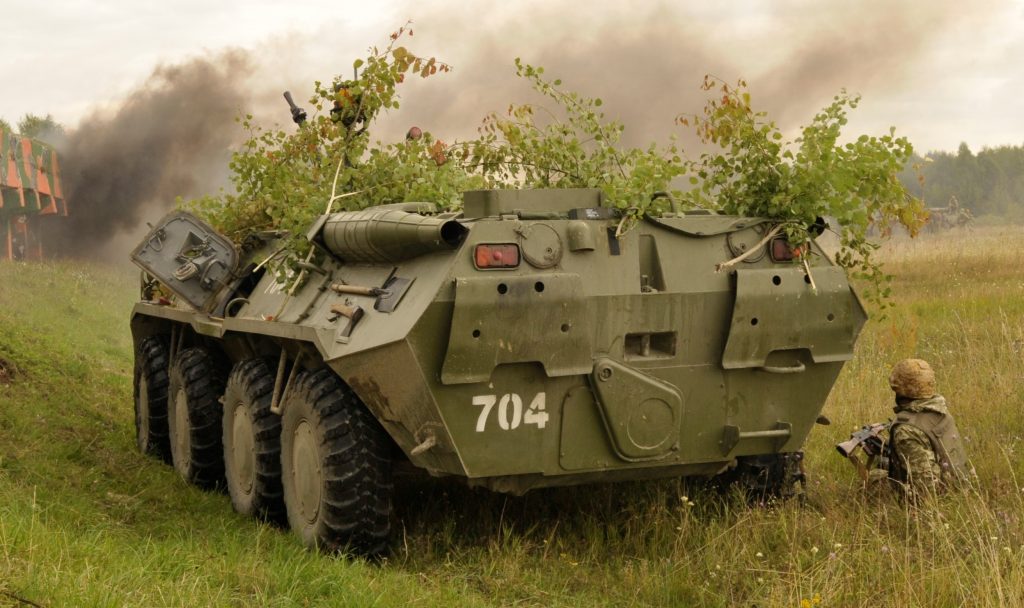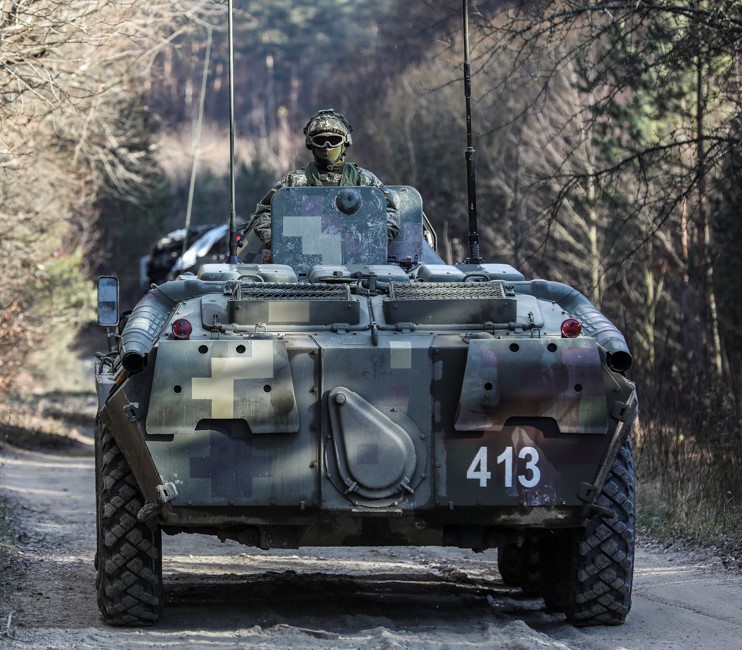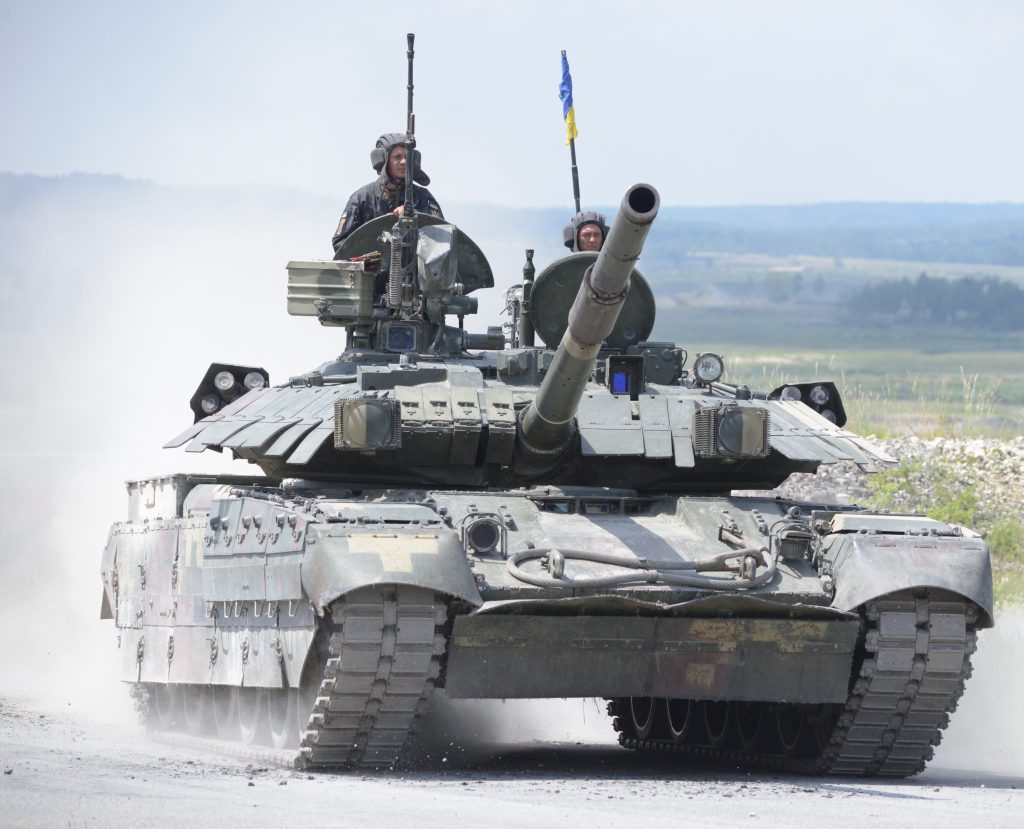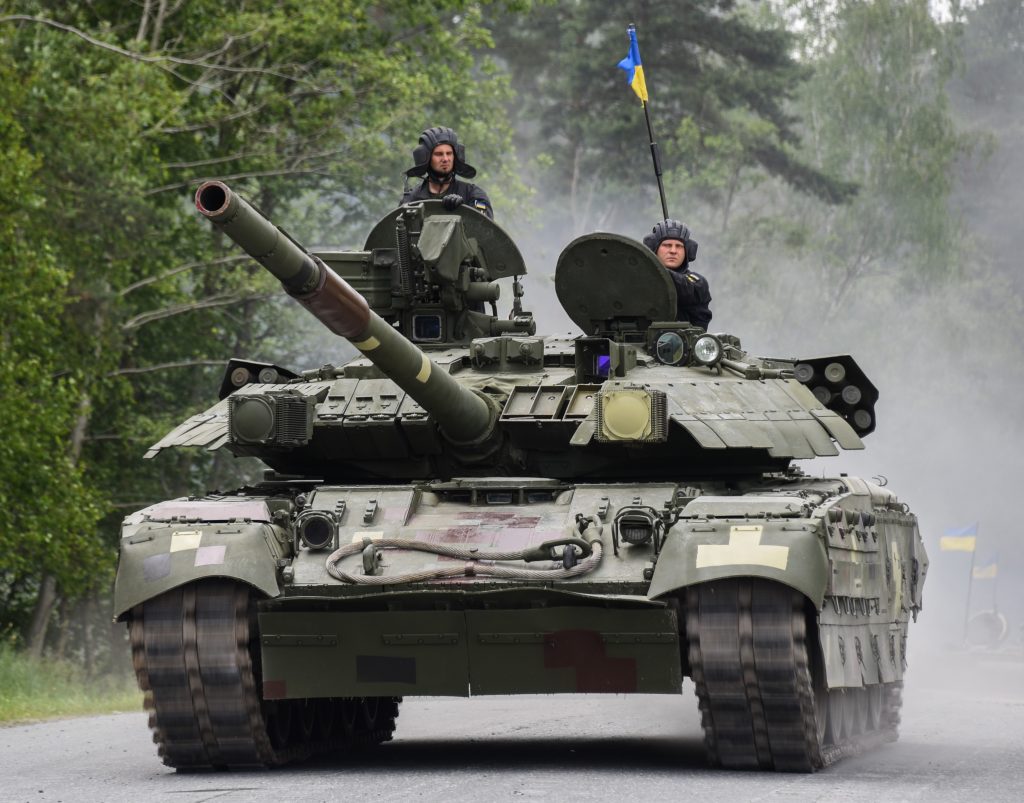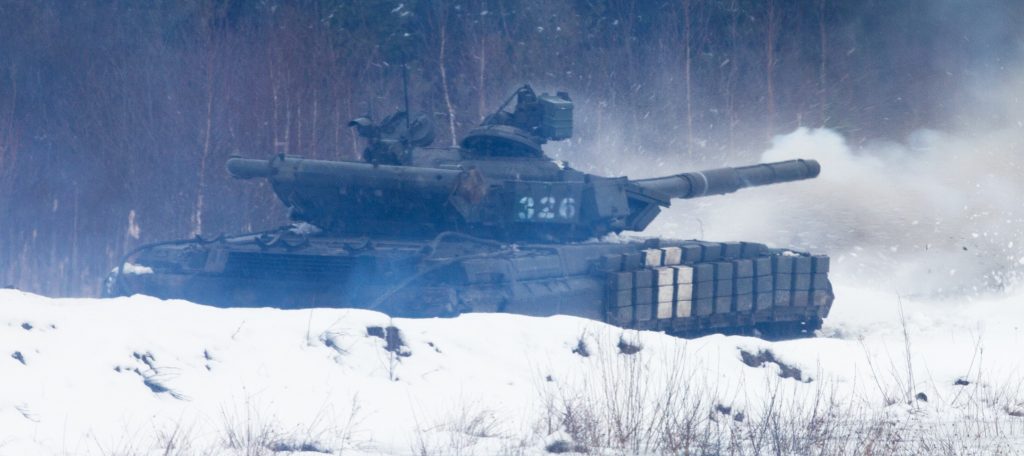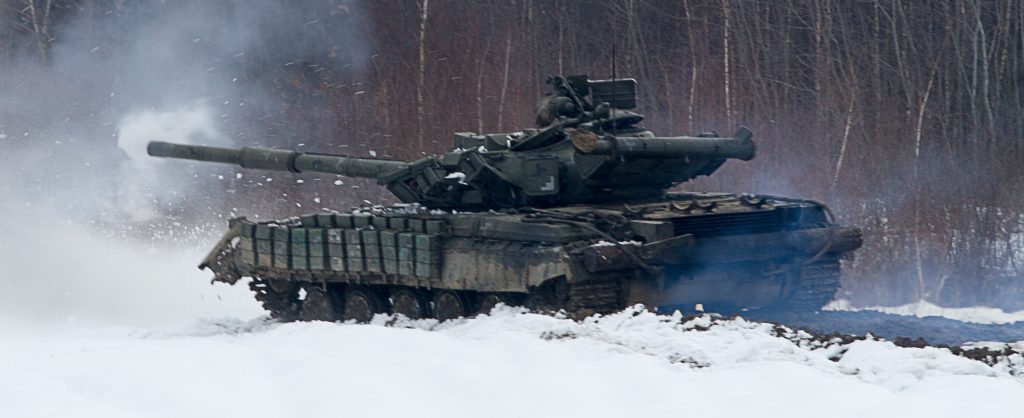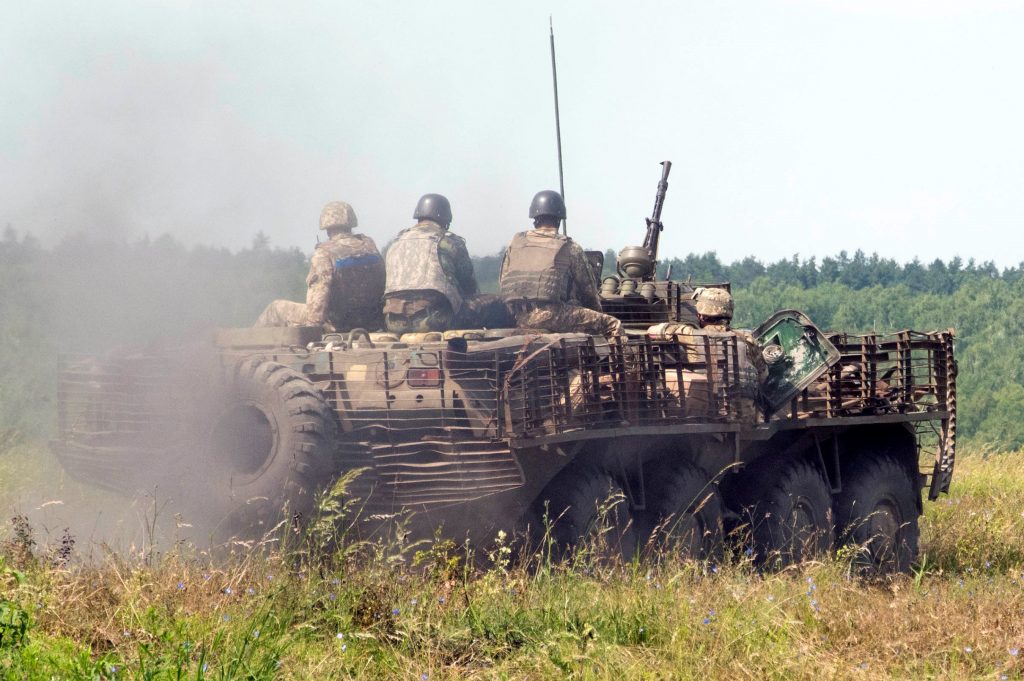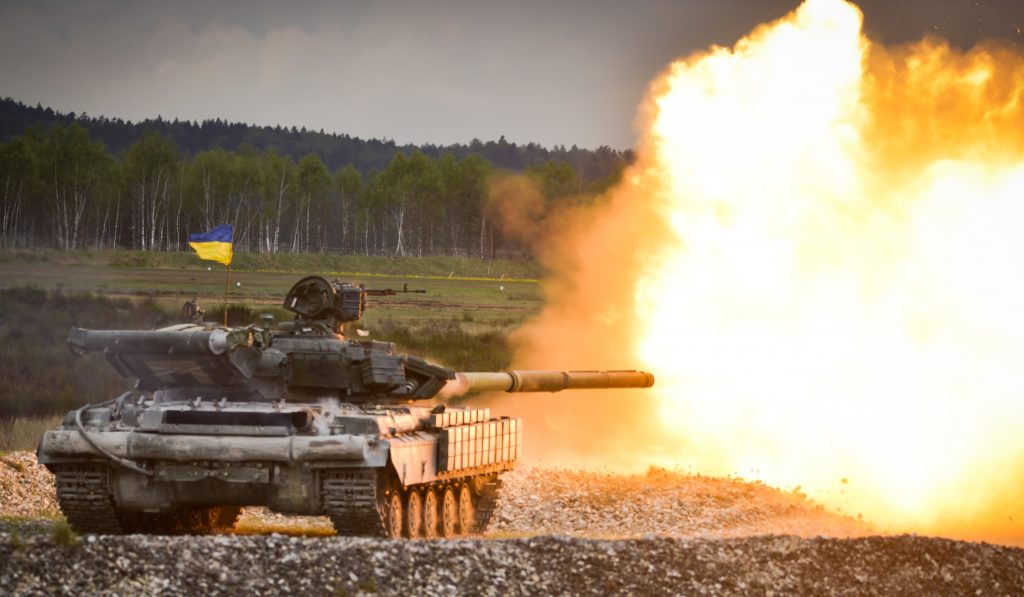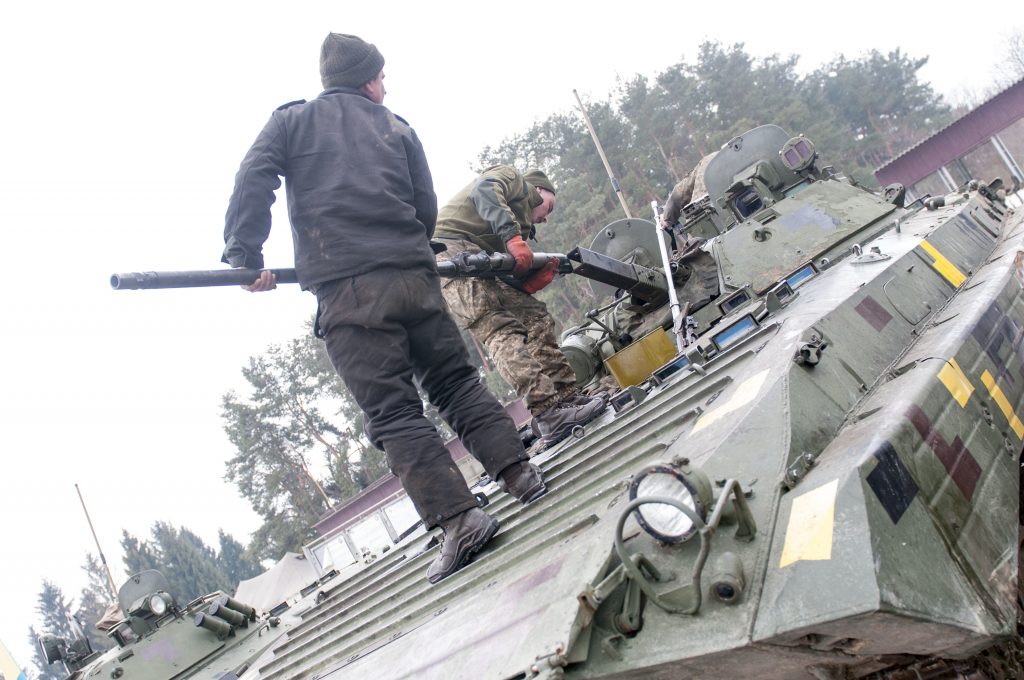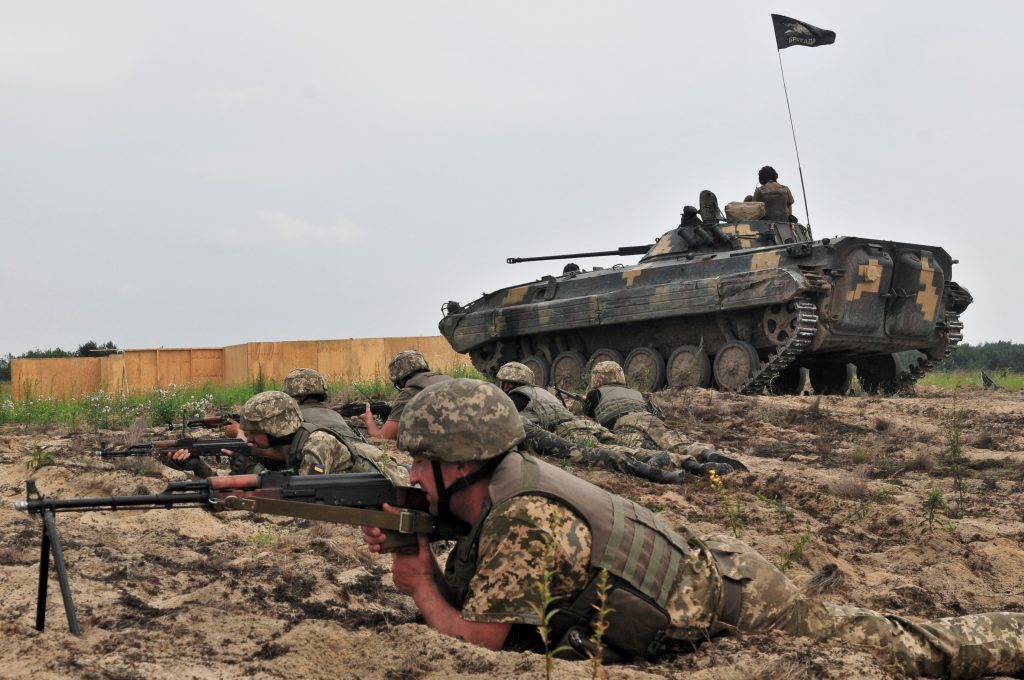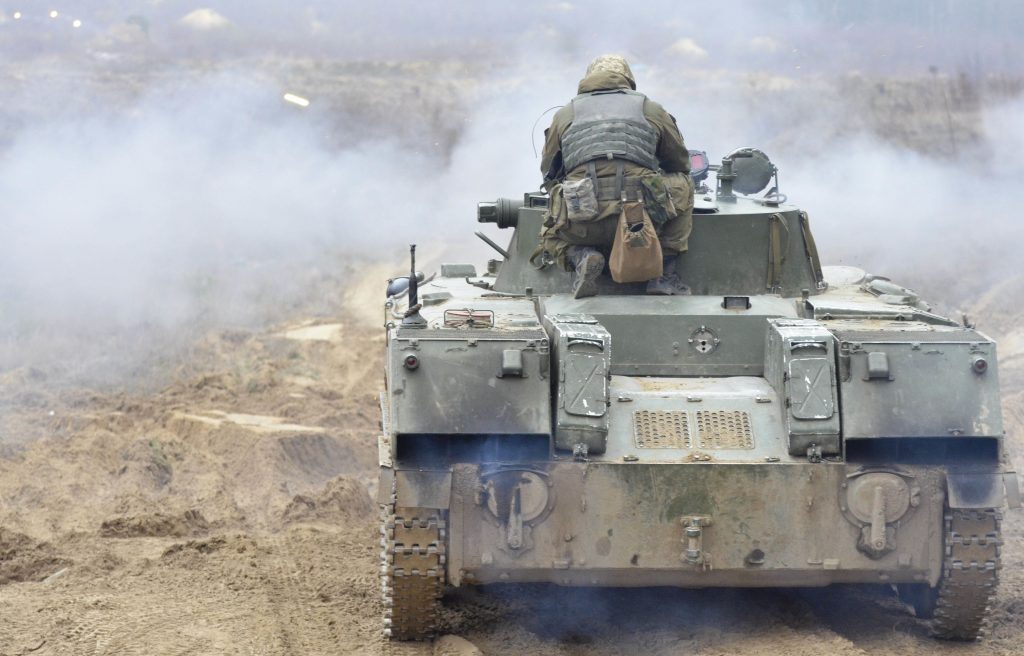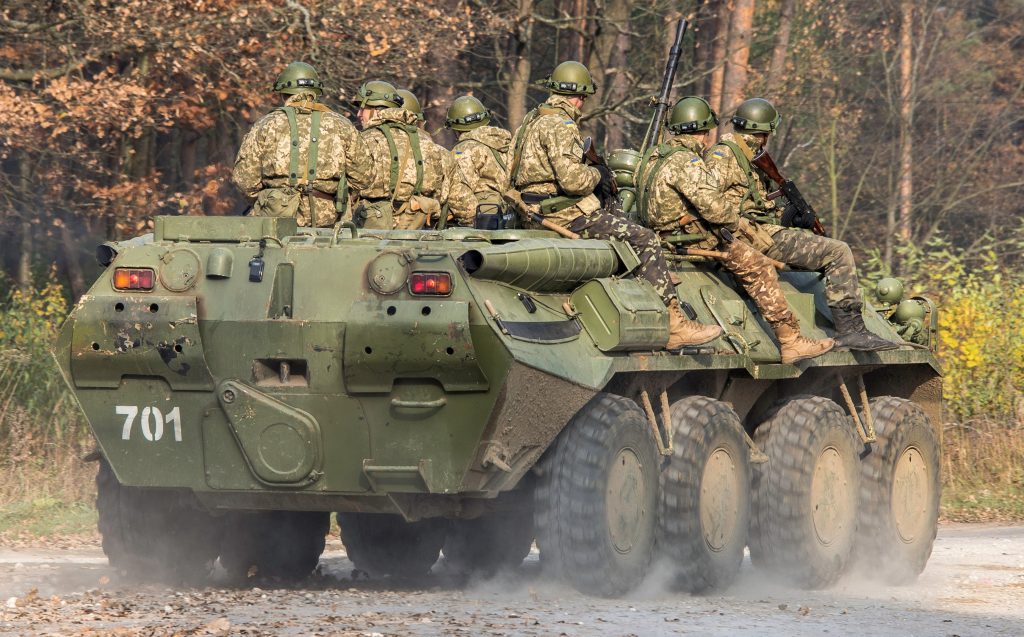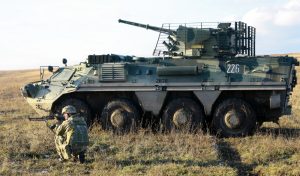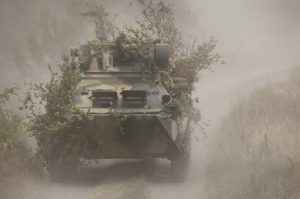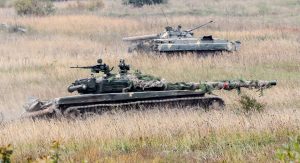Fake-News Soviet 125mm antitank gun, Hohenfels, Germany, January 2021.
October 2020, Hohenfels, Germany. M113 Fake-News T-72 used for crowd control training of Italian troops deploying to Kosovo.
That’s correct, apparently the Kosovars are so unruly that you need tanks to suppress their protests!
Yep, another example of peace-keeping training using an M113 ‘T-72’ on ‘Kosovar’ demonstrators, Hohenfels, Germany, this time in March 2020.
Hohenfels Training Area, Germany, February 2020. This M113 is supposed to be a ZSU-23-4.
‘T-72’ drives through a Bradley unit, Fort Irwin, California, February 2020.
M113 Fake News BMP-2, Fort Irwin-National Training Center (NTC), California.
HMMWV (High Mobility Multipurpose Wheeled Vehicle) based ‘BRDM’, Fort Irwin-National Training Center (NTC).
Which one is the BMP-2, and which one is the T-72? Apparently, the only visual differences between the M113-T-72 and M113-BMP is the size of the gun tube, the front slope, and the BMP version has had the rear ramp removed and a long hull extension with clam-shell doors added-on. The T-72 retains the M113 ramp.
This is supposed to be a 2K22 Tunguska (except that it has a ‘BMP’ hull), Fort Irwin, June 2017.
Anybody know what this M113 is dressed-up to be?
I think it’s supposed to be an MTLB?
In 2016, the U.S. Army OpFor at Hoehenfels, Germany, used real T-72s from Slovenia.
Video from 2016, by Austin Anyzeski, of Black Horse Fake News tanks at Fort Irwin:
This is one of the ‘125mm Soviet anti-tank gun’ that took-out my M981 FiST-V during Idaho Army National Guard’s Fort Irwin rotation in Summer 1998 (see more This is Where Armor Fights). It was hidden on one of the hills in the middle of The Valley of Death.
Before the 2000s, most of the OpFor tanks at Fort Irwin, California, were based on the M551 Sheridan airborne tank.
A M551 BMP-1.
M551 T-72.
A line of M551s in various disguises. In the front is a BMP-1, followed by a ZSU-23-4 and three 2S1 self propelled artillery guns.
HMMWV BRDM nuclear, chemical, biological marker vehicle.
An early attempt to make a M113 look like a BMP.
A real (former Iraqi) MTLB-u.
Here’s a look at some real Soviet vehicles at Fort Irwin, photos I took in 1984 (with a crappy fixed-focus 110-film camera) while on one of my California Army National Guard drill weekends:
T-55
T-62
T-34-85
BTR-60
Plenty of MTLBs!
In the 1970s, U.S. Army in Germany began using ‘acquired’ Soviet armor in NATO wargames.
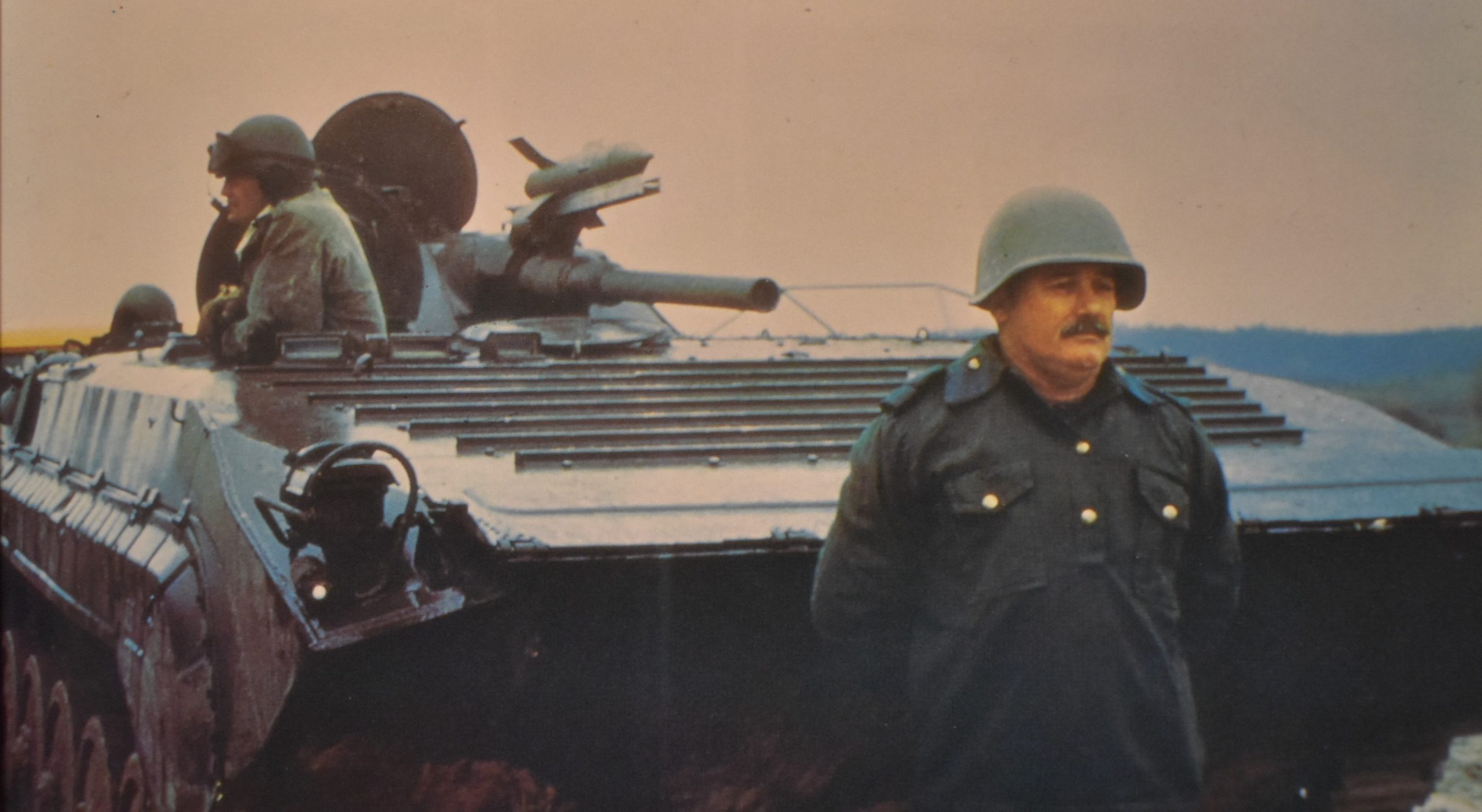 BMP-1, note the driver wearing the early style (Viet Nam era) CVC (Combat Vehicle Crewman) helmet.
BMP-1, note the driver wearing the early style (Viet Nam era) CVC (Combat Vehicle Crewman) helmet.
BTR-60 in foreground, in the middle of the line is a BMP-1, in the background with a bunch of U.S. soldiers piled-in is a BTR-152.
Cold War Vehicle I-D: 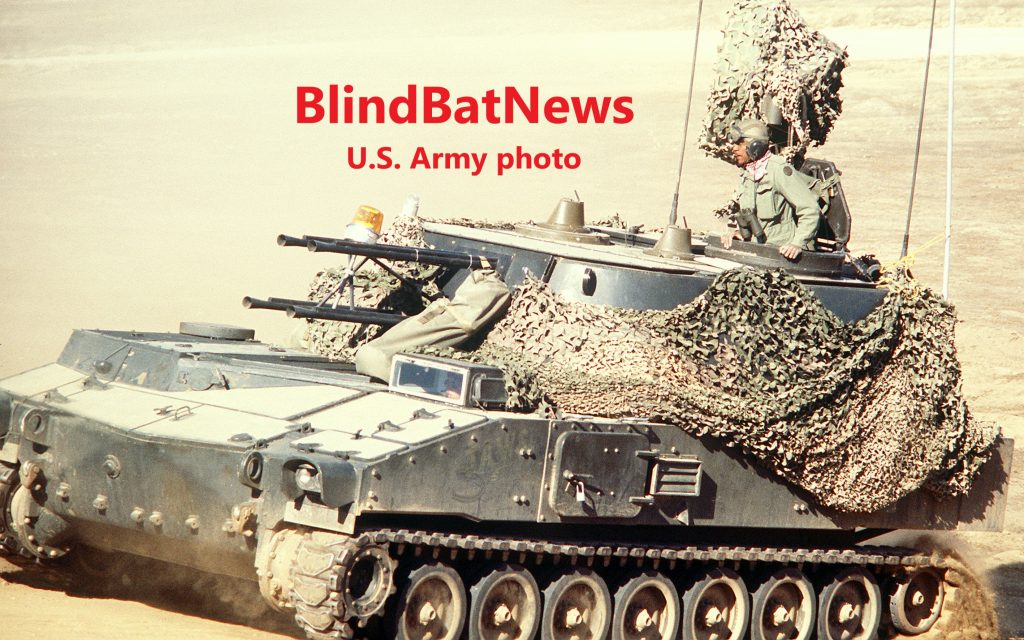 FAKE NEWS ZSU-23-4 INTO THE J-A-W-S OF DEATH!
FAKE NEWS ZSU-23-4 INTO THE J-A-W-S OF DEATH!
2020: IDAHO’S 1:1 SCALE FAKE NEWS RUSSIAN RADAR TANK
U.S. MARINES USE ‘FAKE NEWS’ MIG-23
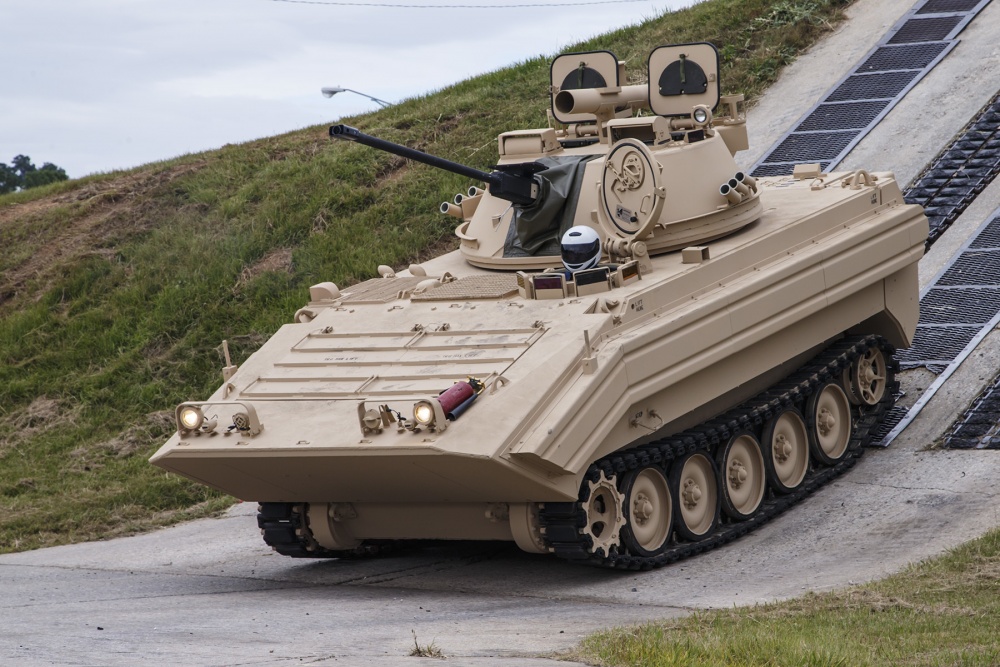 HOW TO BUILD A 1:1 SCALE U.S. ARMY ‘FAKE NEWS’ BMP-2
HOW TO BUILD A 1:1 SCALE U.S. ARMY ‘FAKE NEWS’ BMP-2
Vehicle I-D, 2016: 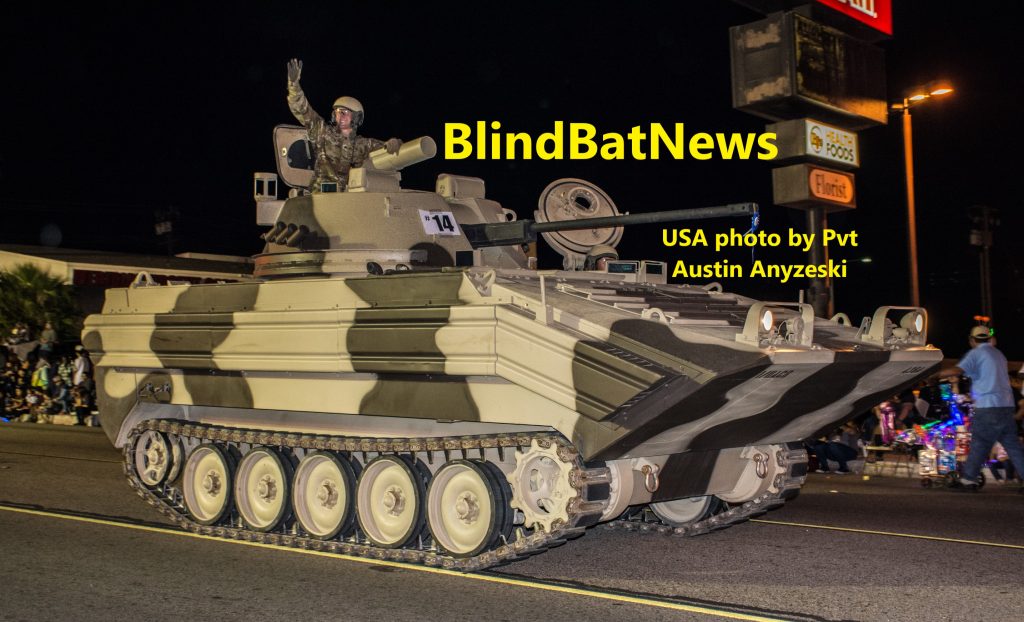 M113 disguised as BMP
M113 disguised as BMP

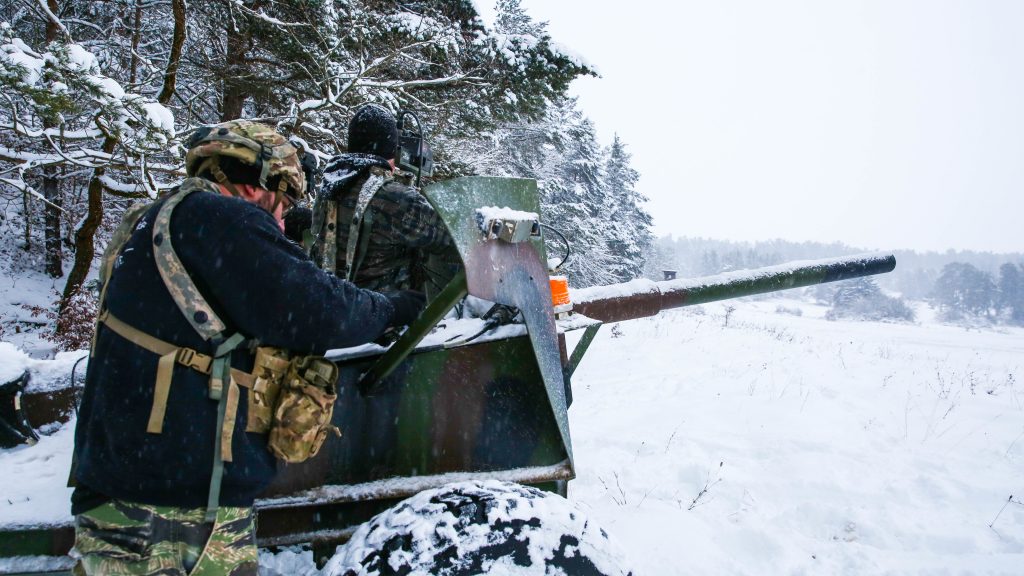
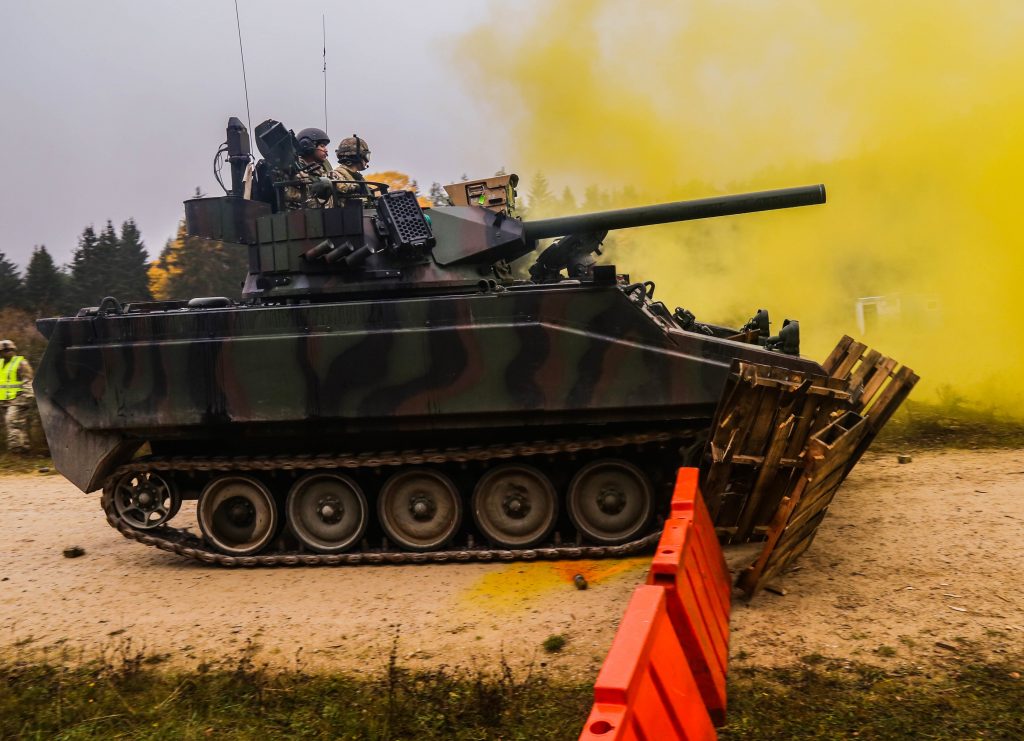
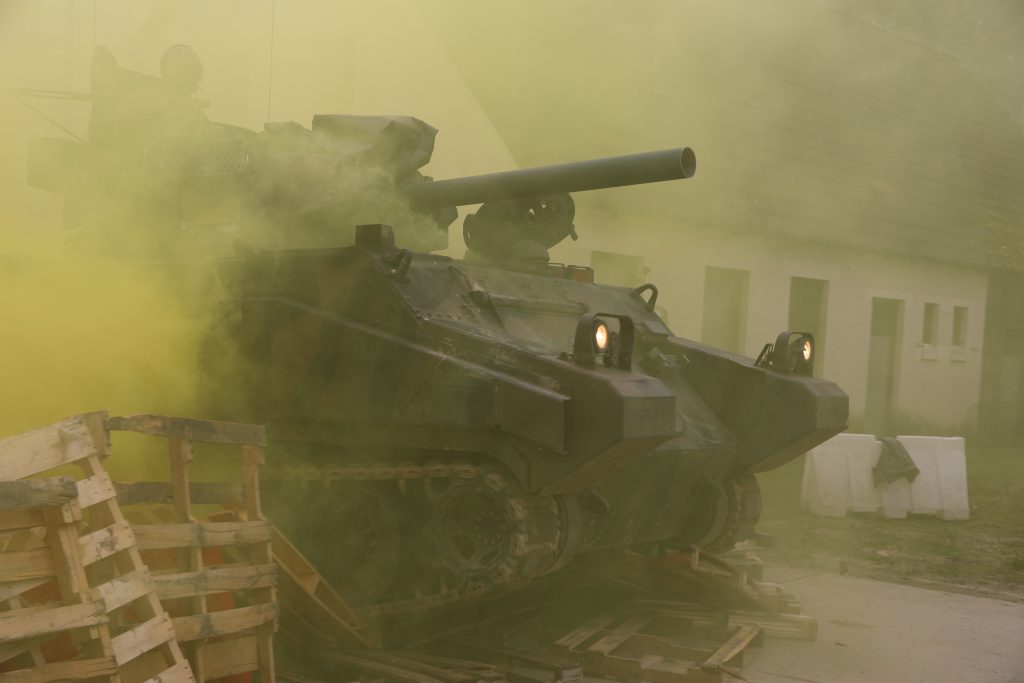
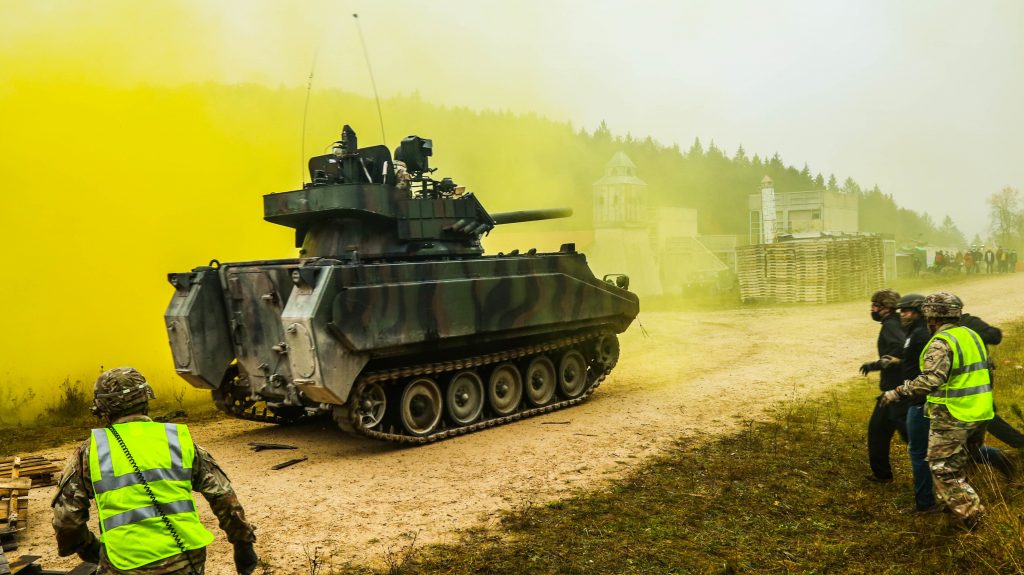
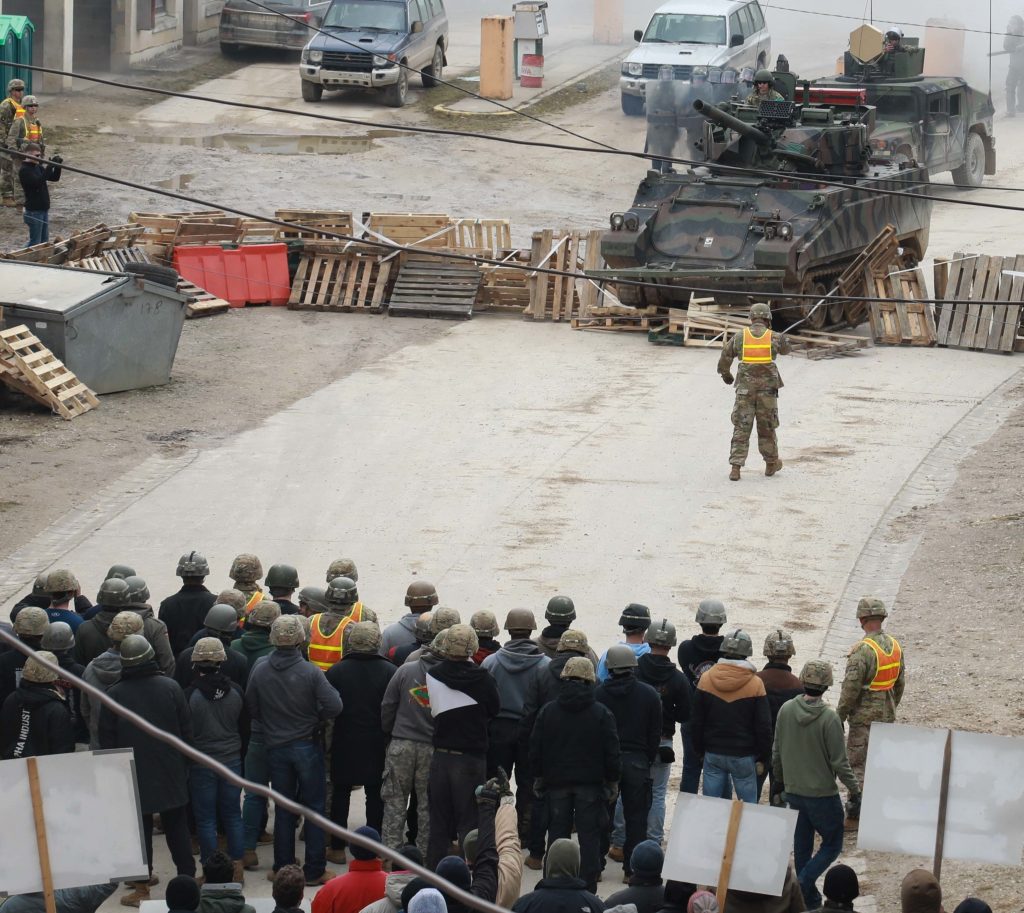
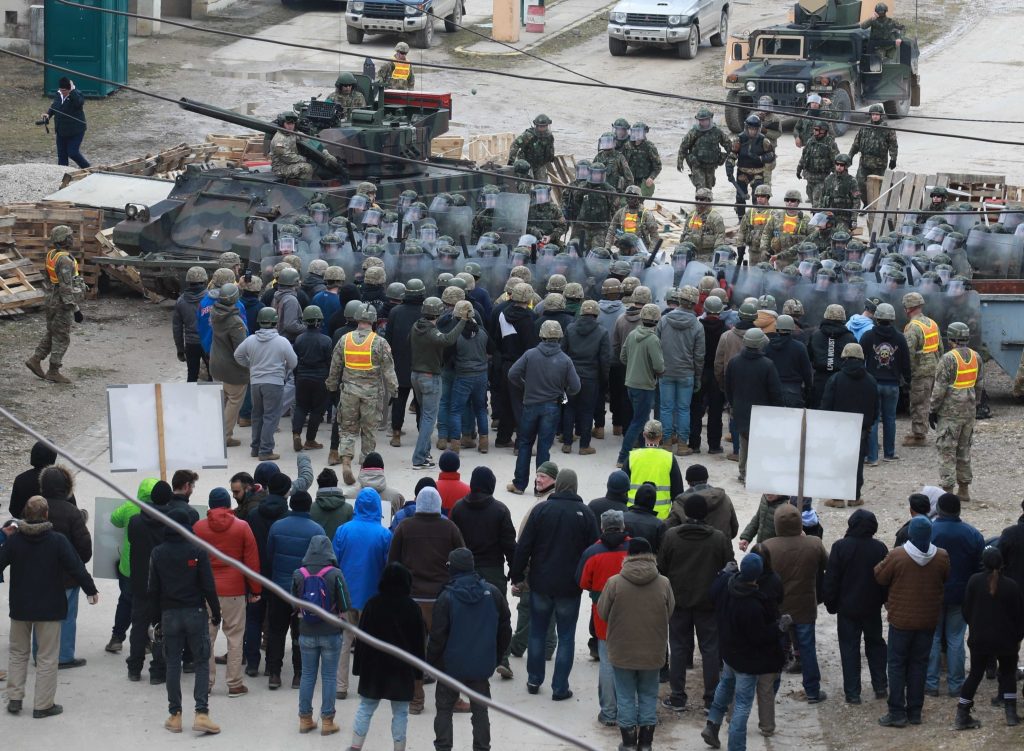
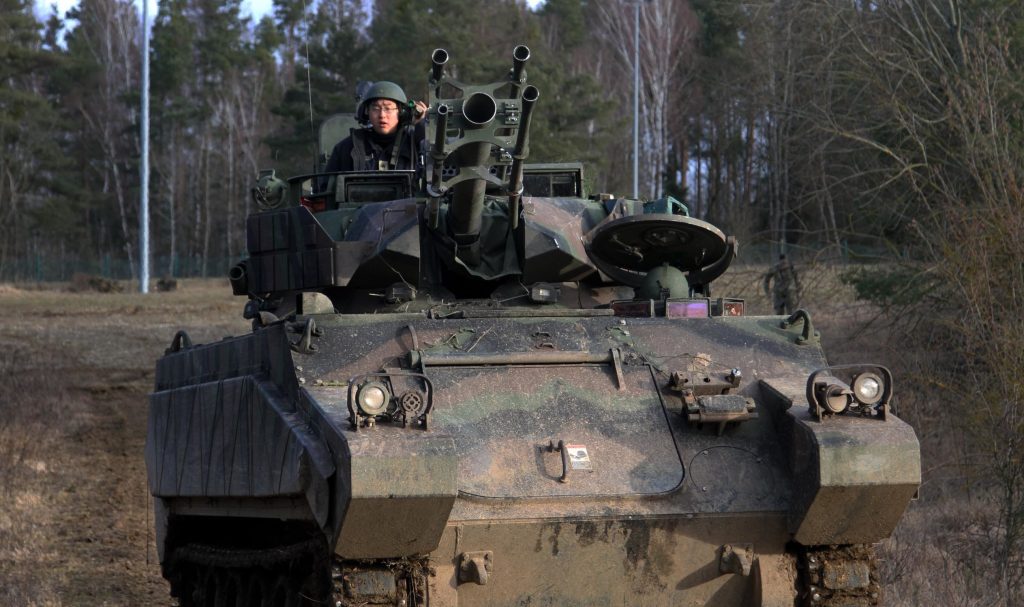
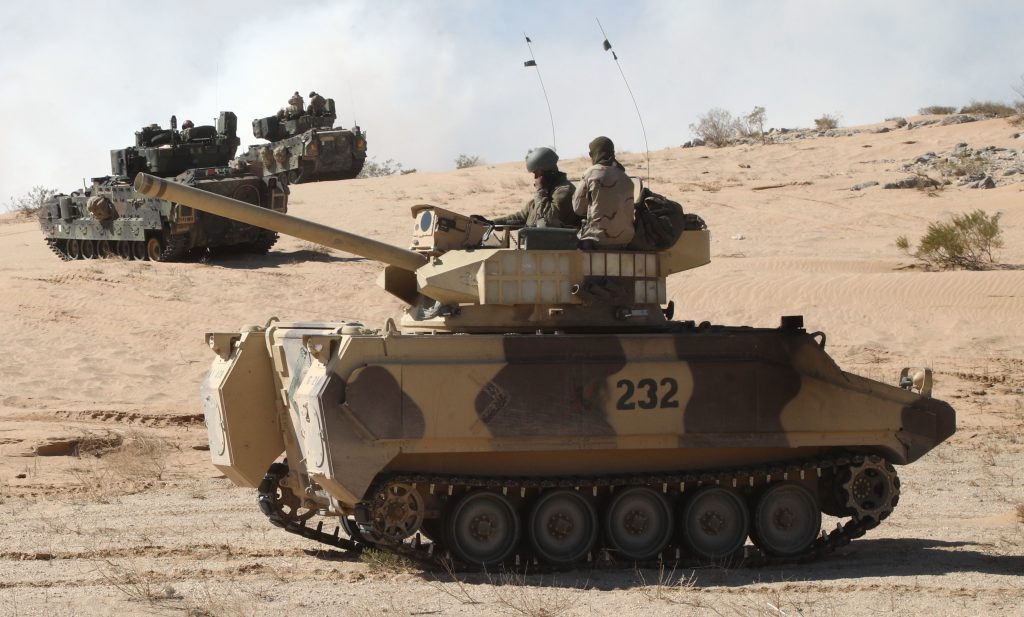
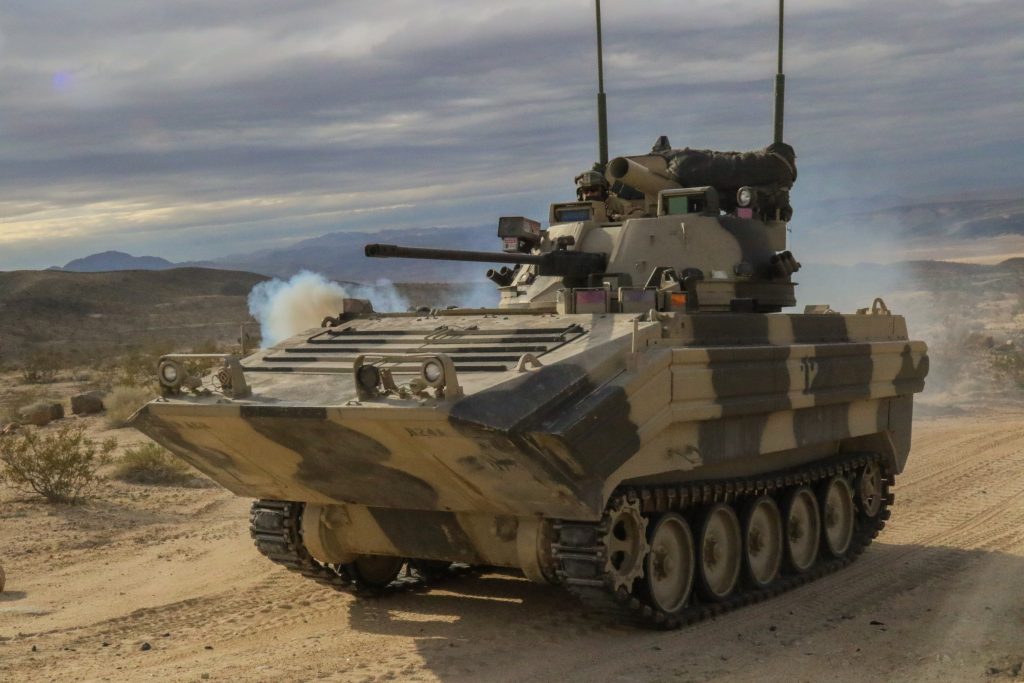
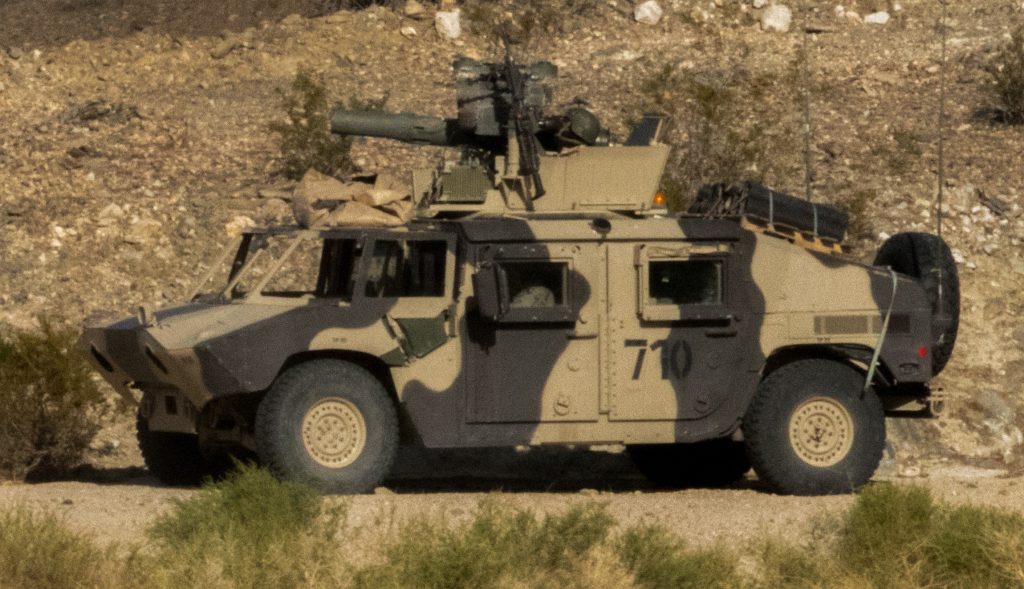
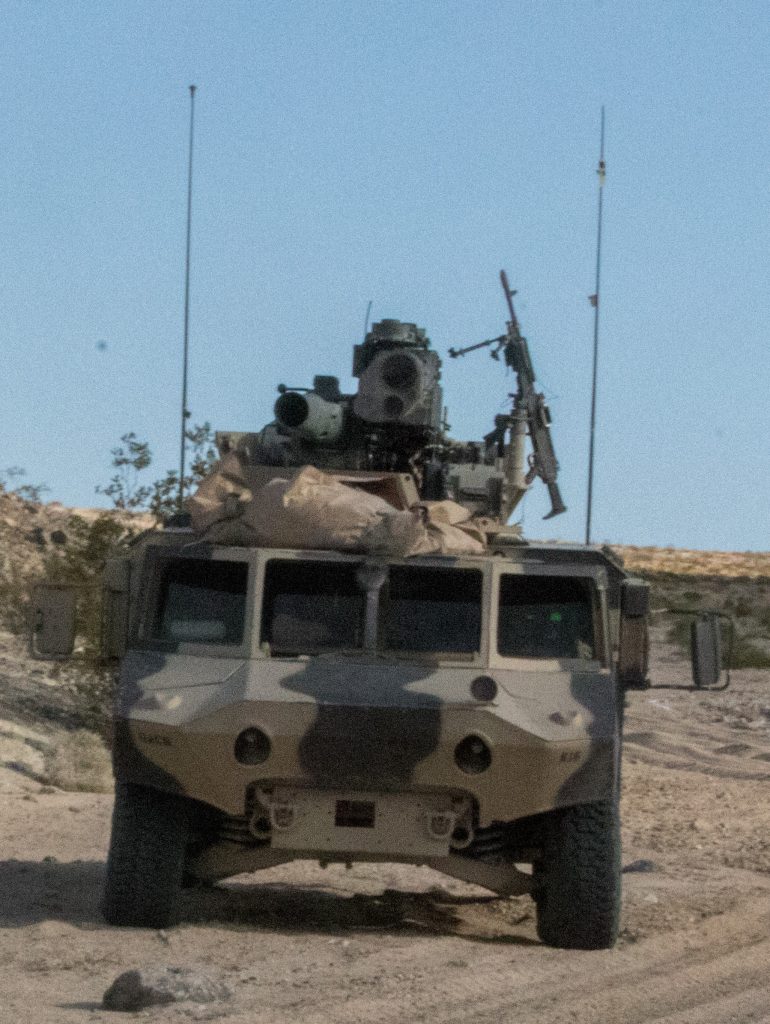
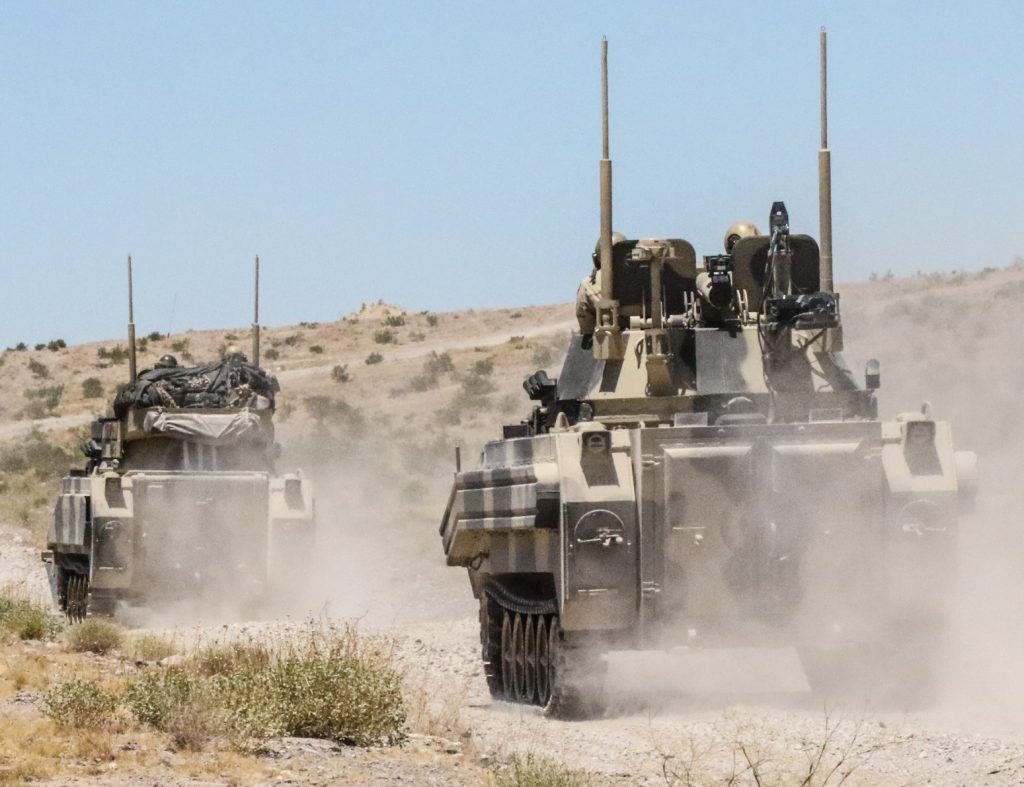
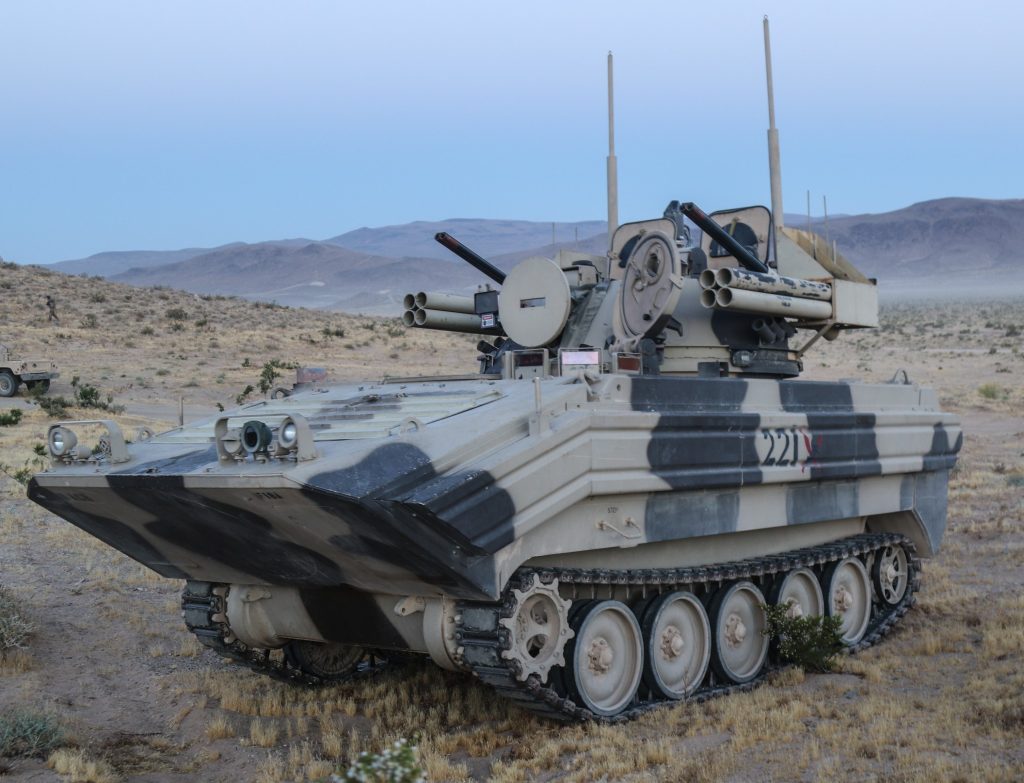
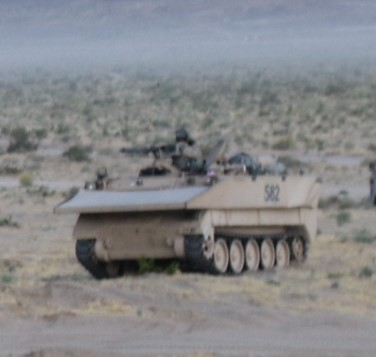
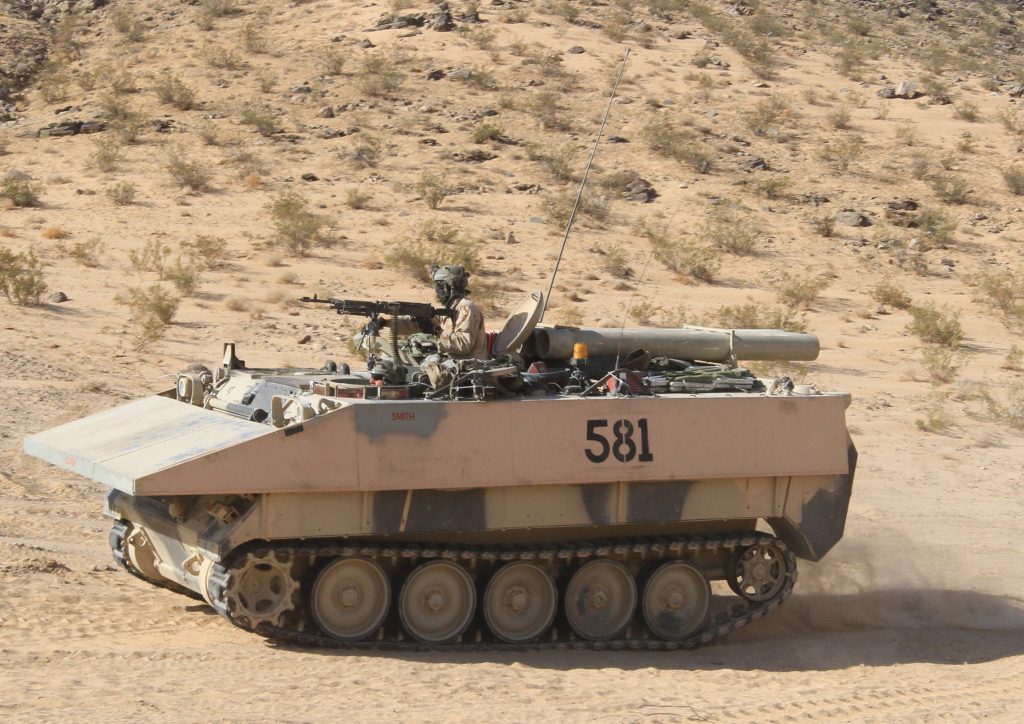
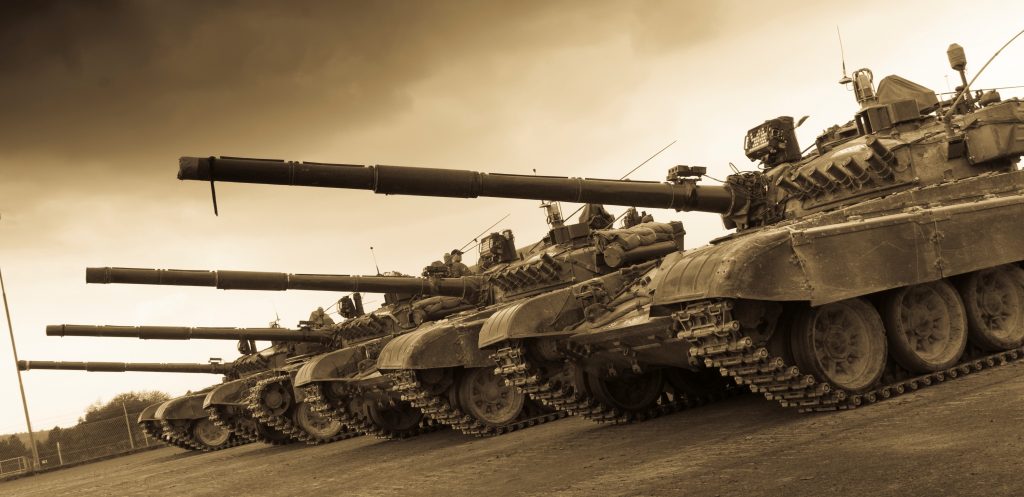
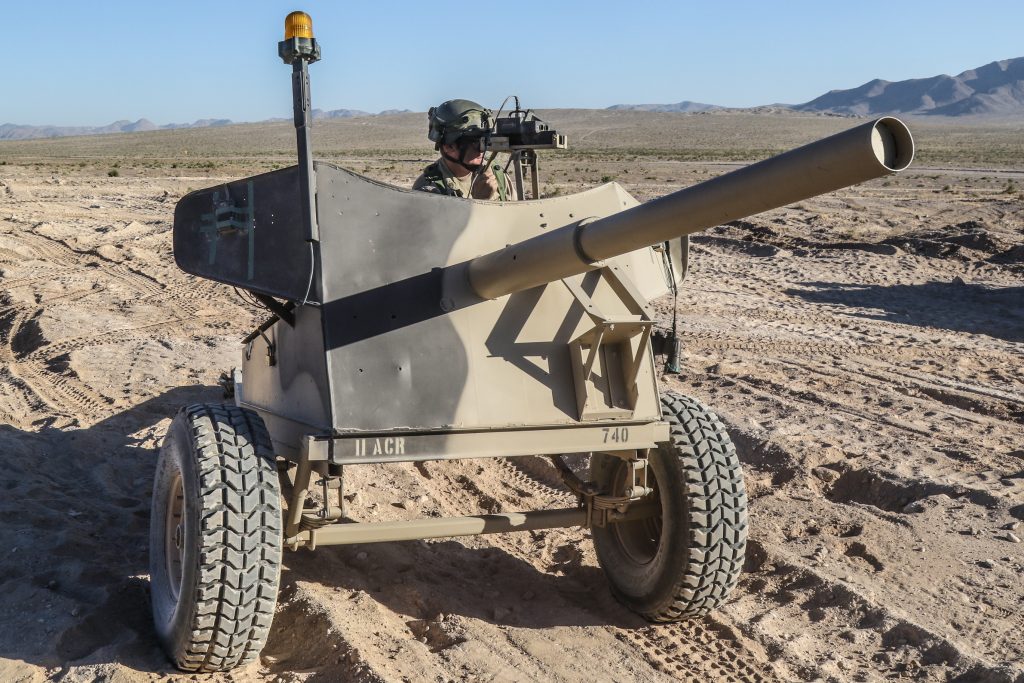

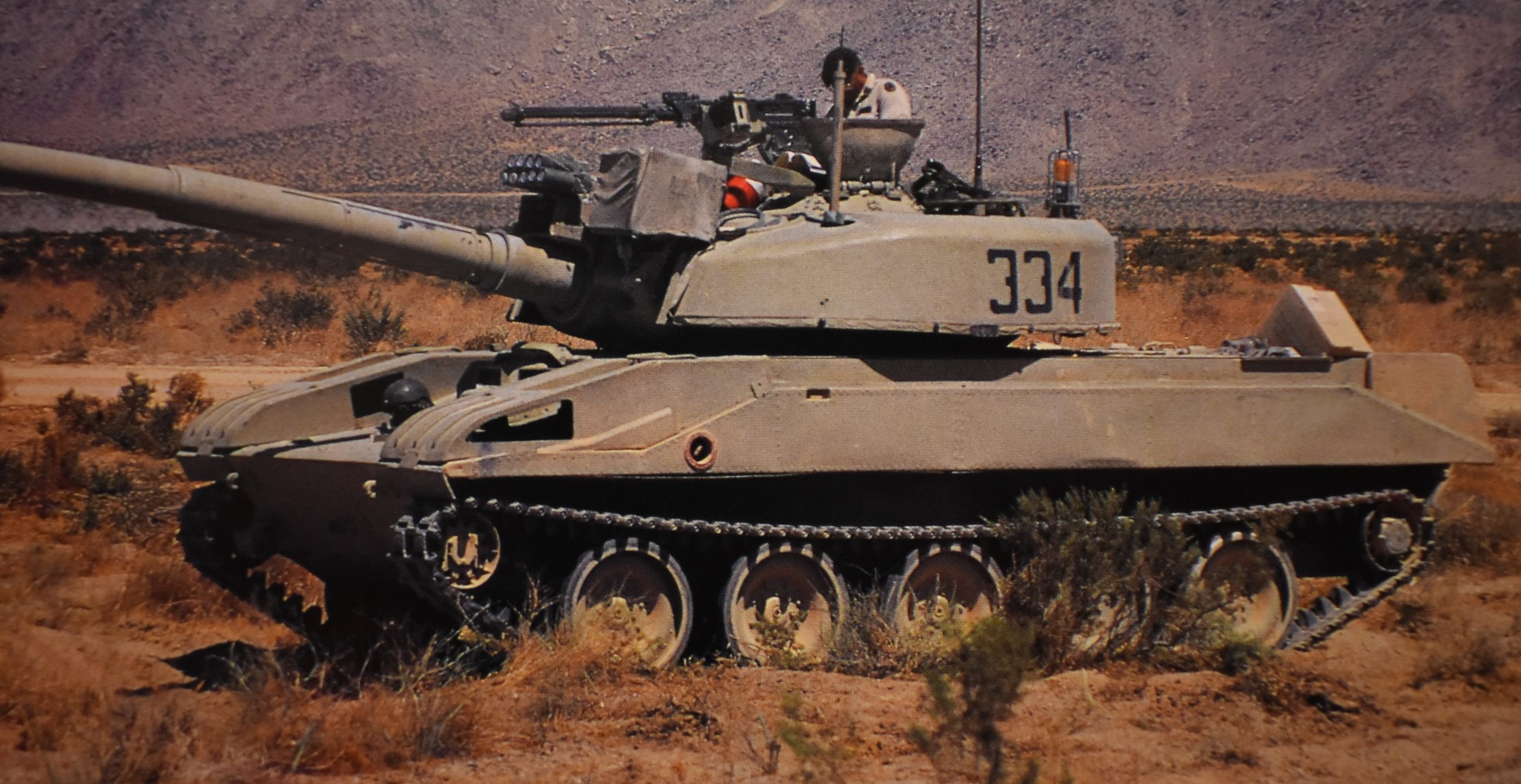
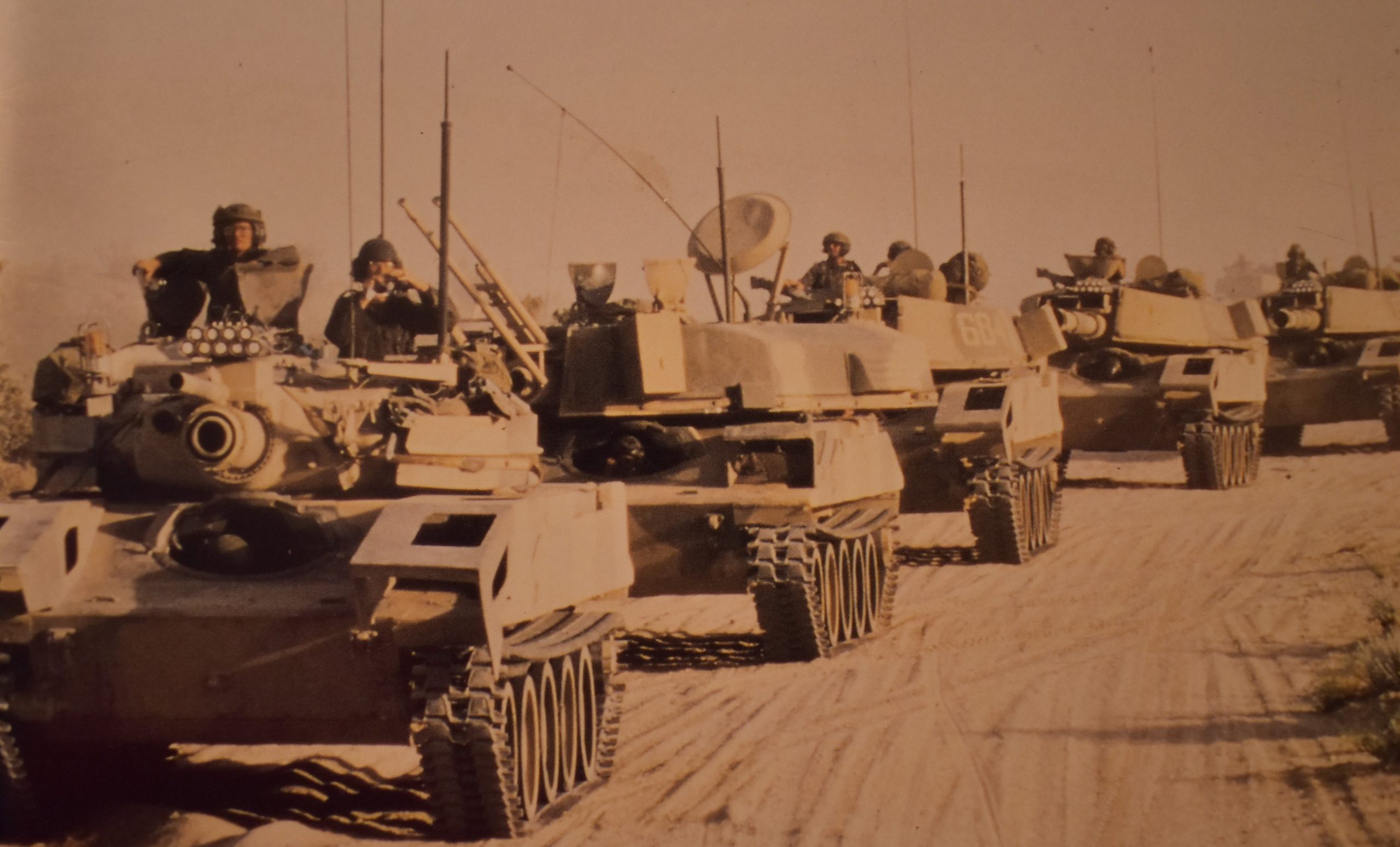
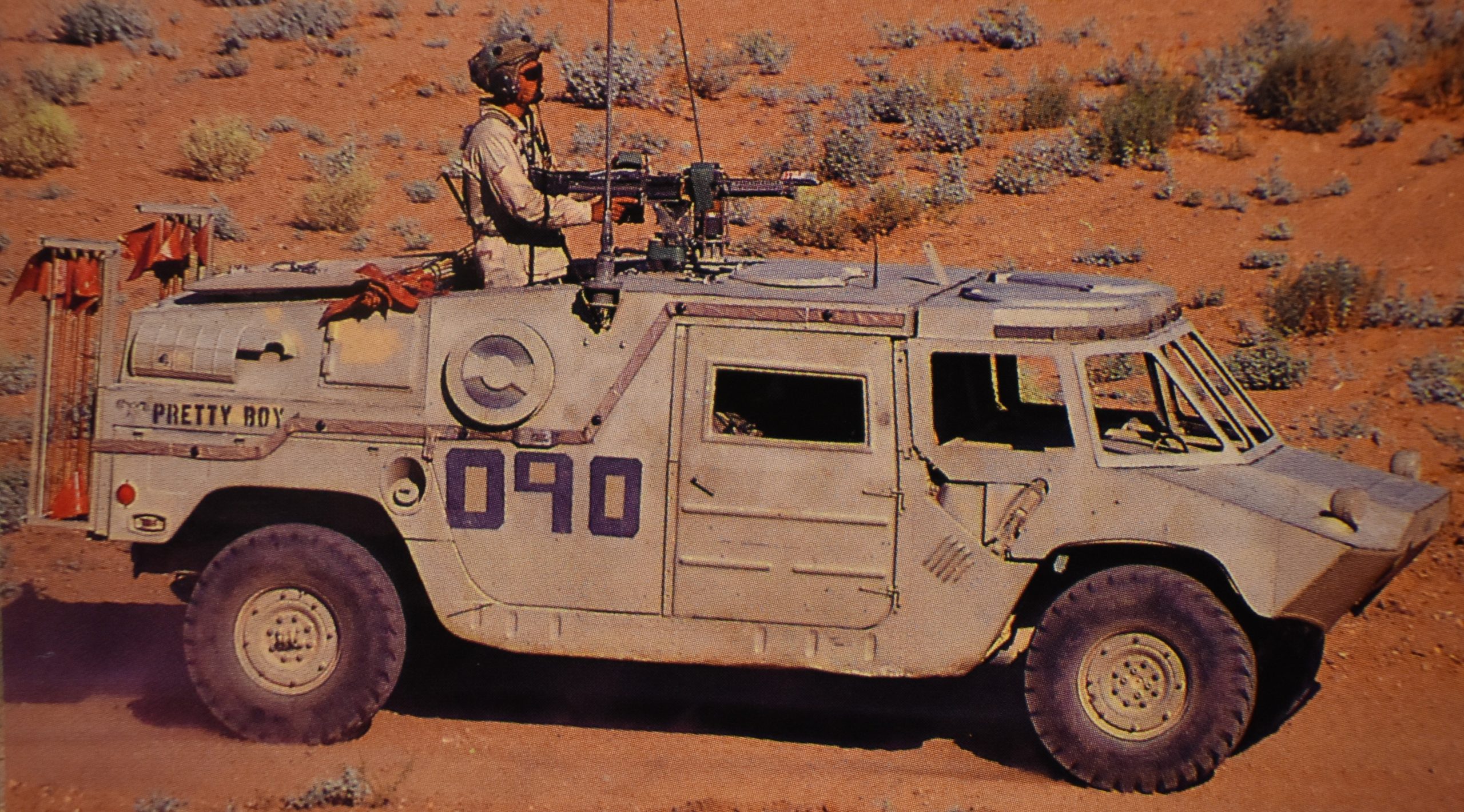
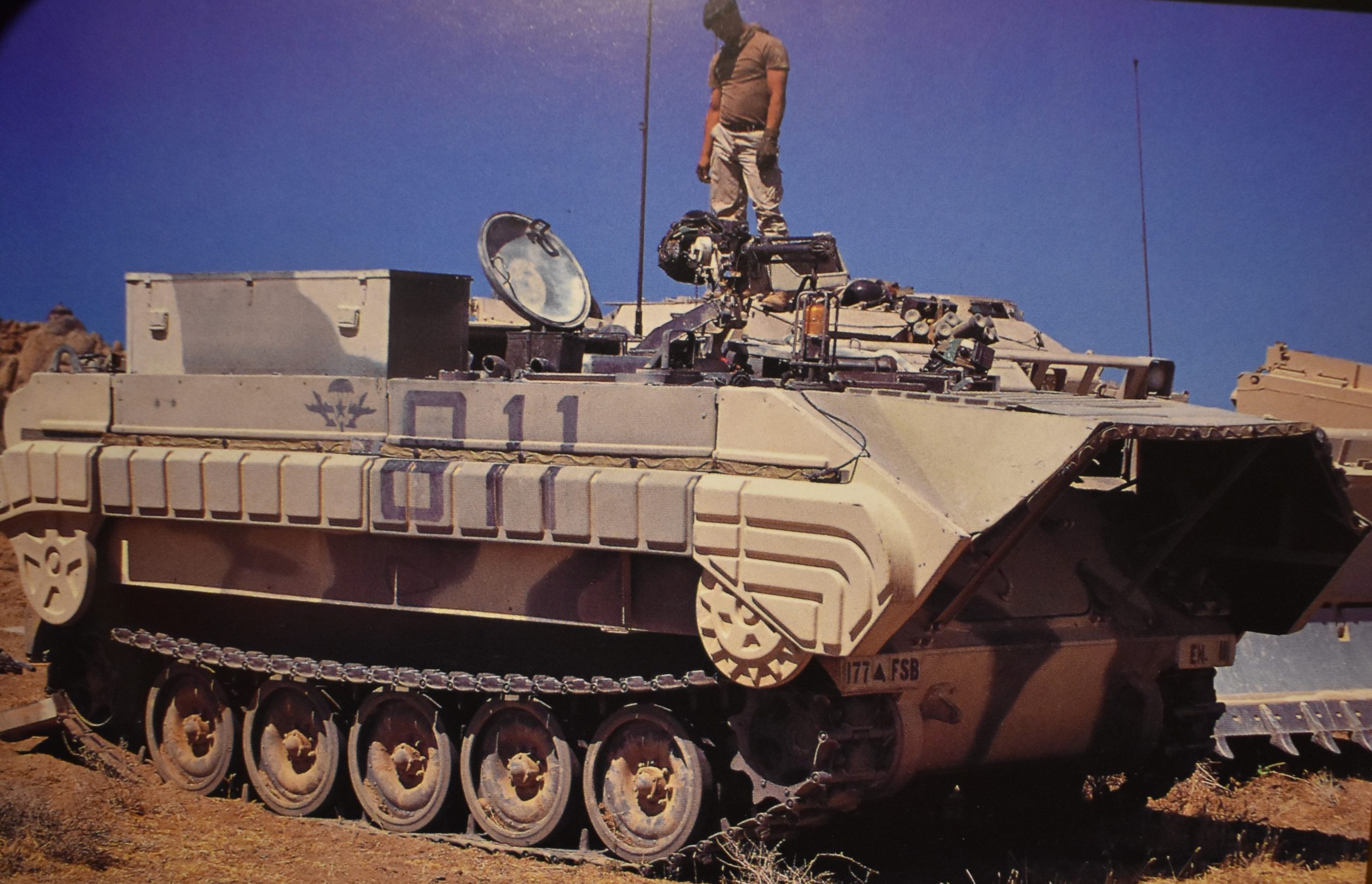
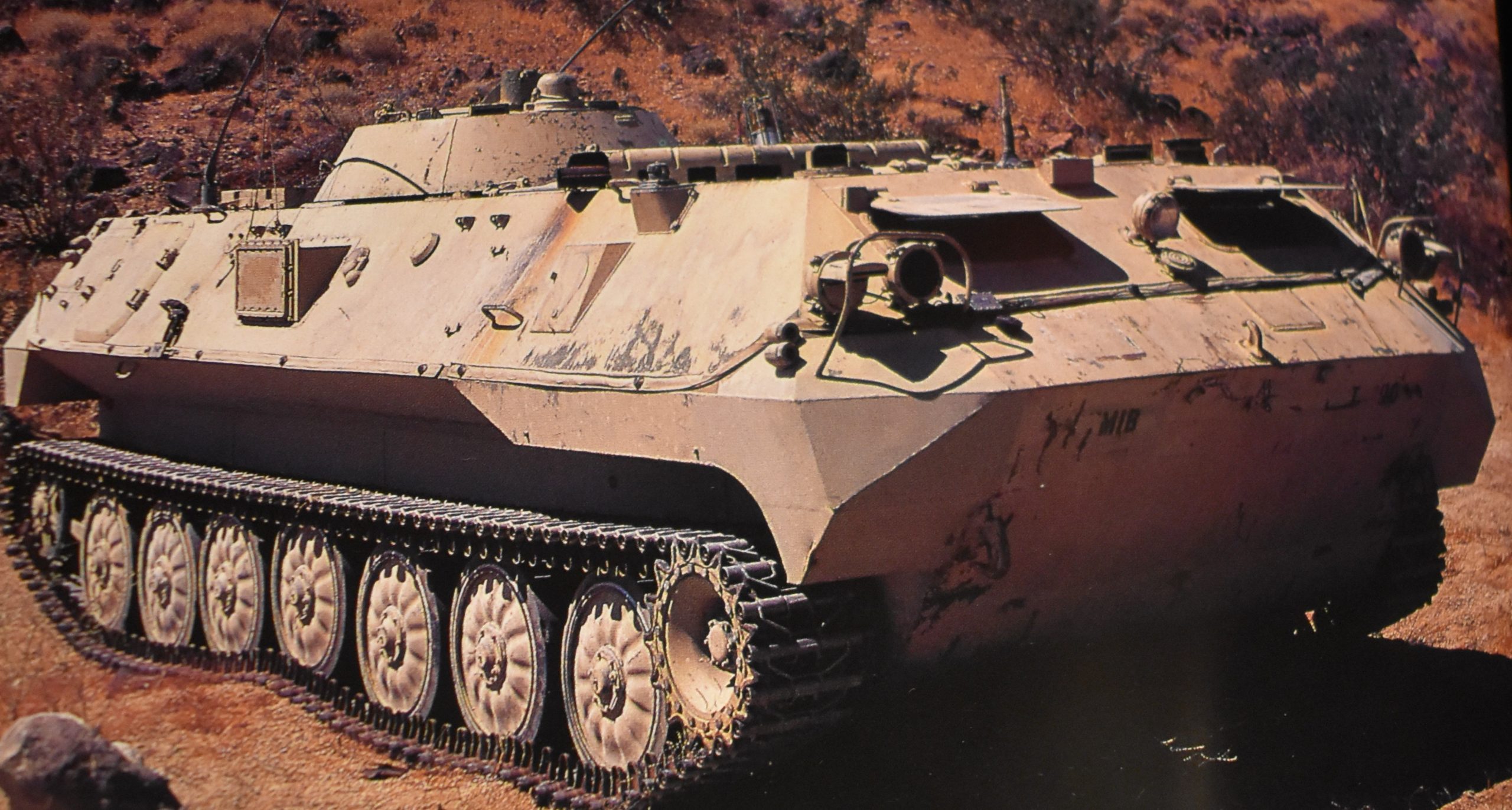
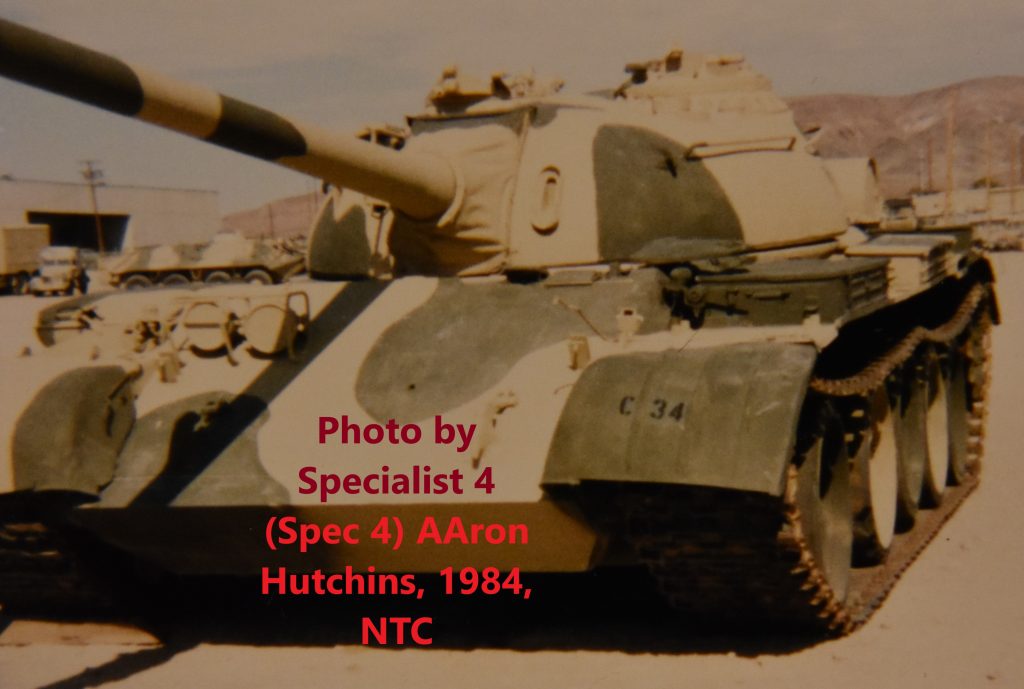
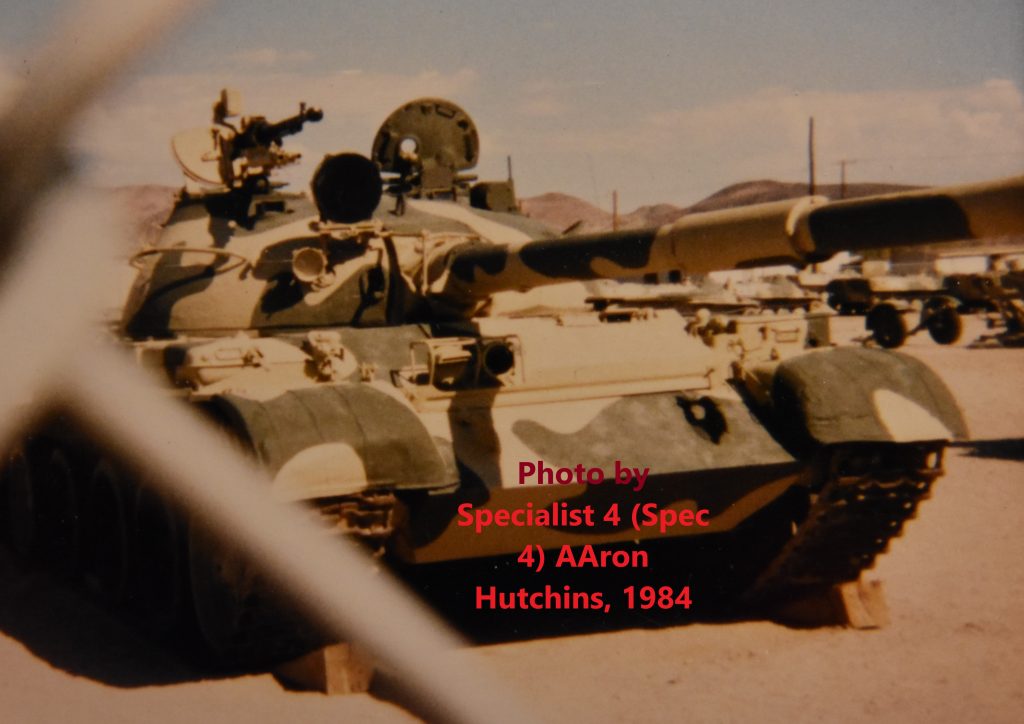
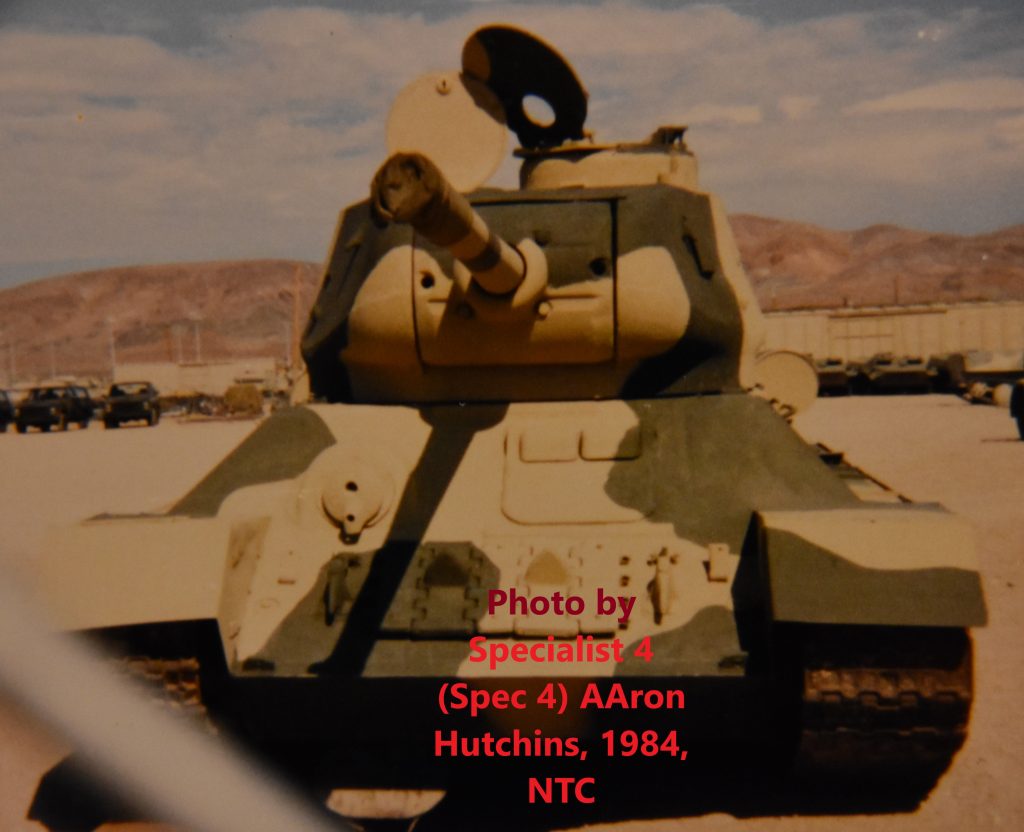
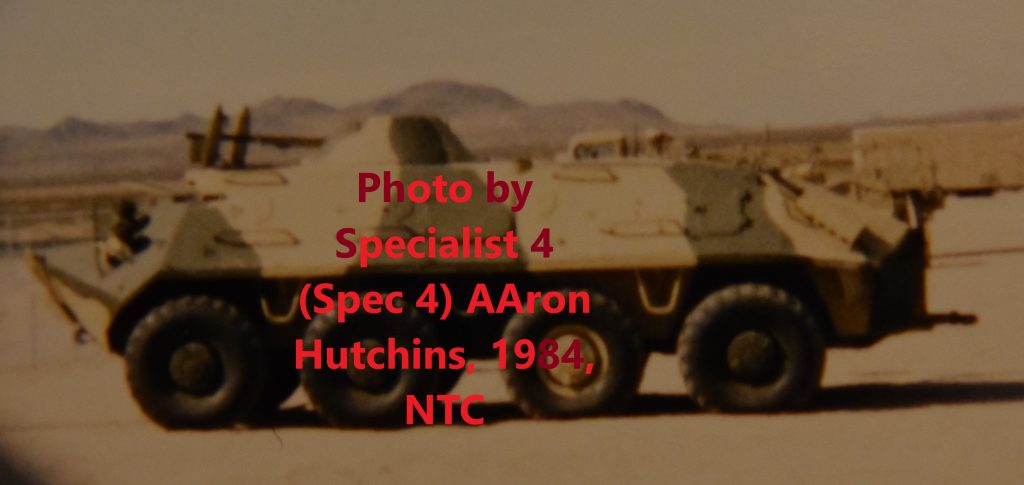
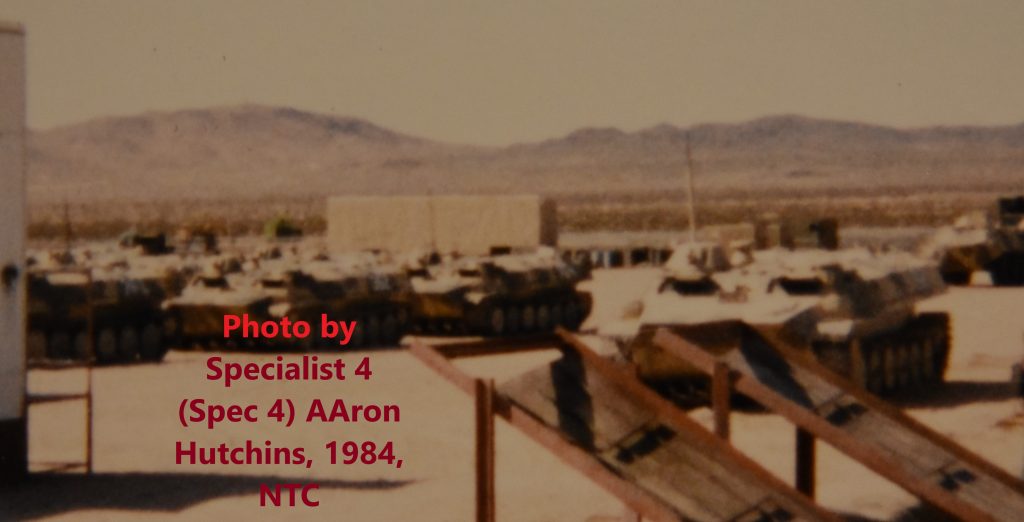
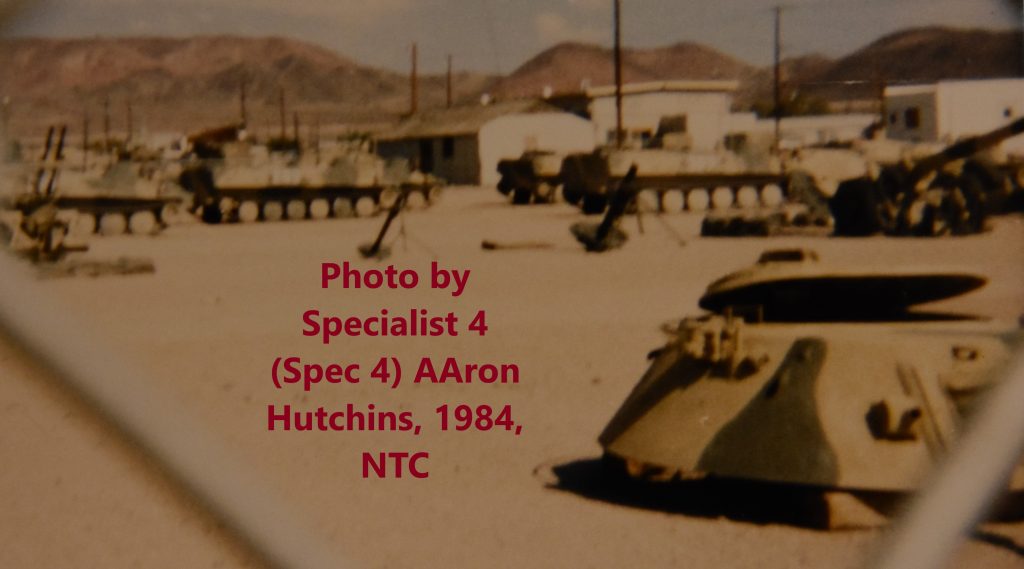
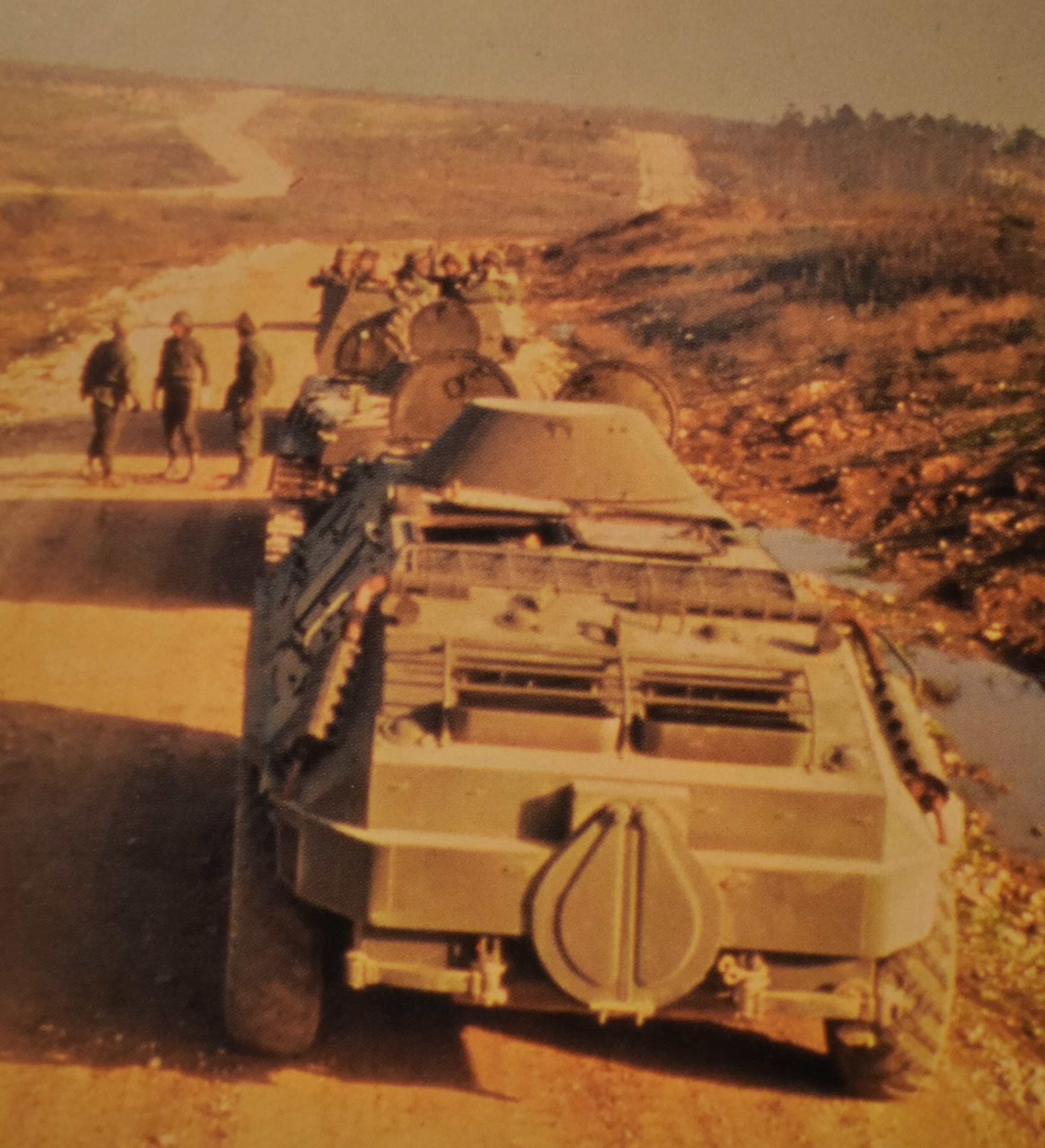
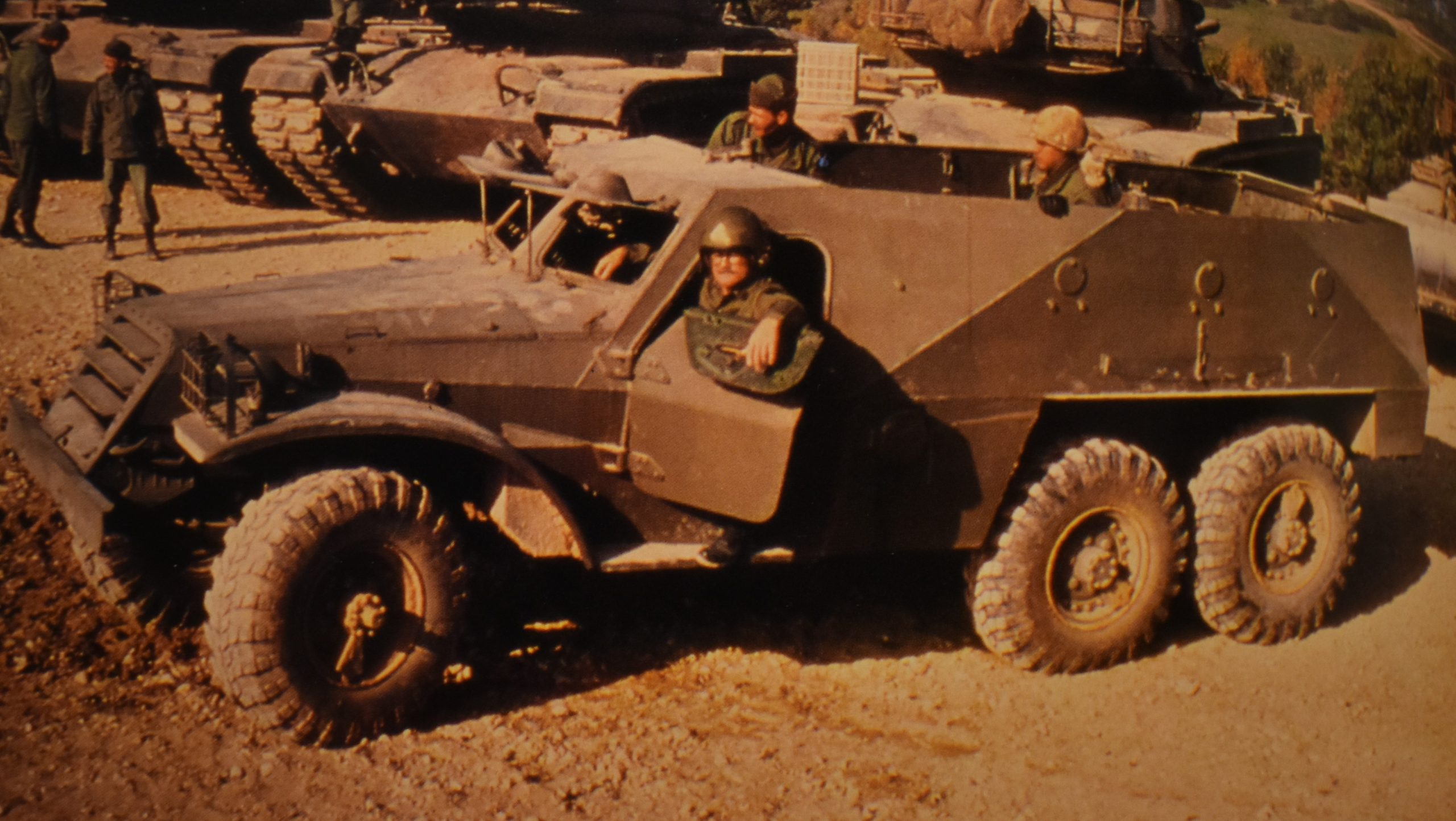





 NASA’s Boeing 737-130 was the workhorse of such taxpayer funded testing and developments. Serial Number SN-19437 (N515NA, tail #515) was born in 1968 (some sources say 1967), and reported for duty at NASA’s Langley Research Center in 1973. Apparently 515 was the first prototype Boeing 737 built.
NASA’s Boeing 737-130 was the workhorse of such taxpayer funded testing and developments. Serial Number SN-19437 (N515NA, tail #515) was born in 1968 (some sources say 1967), and reported for duty at NASA’s Langley Research Center in 1973. Apparently 515 was the first prototype Boeing 737 built.

 According to NASA, 515 was constantly modified, and even had two cockpits, the second cockpit being located where the airliner’s first class passengers would sit.
According to NASA, 515 was constantly modified, and even had two cockpits, the second cockpit being located where the airliner’s first class passengers would sit.
 High lift wing testing, 1990s.
High lift wing testing, 1990s.